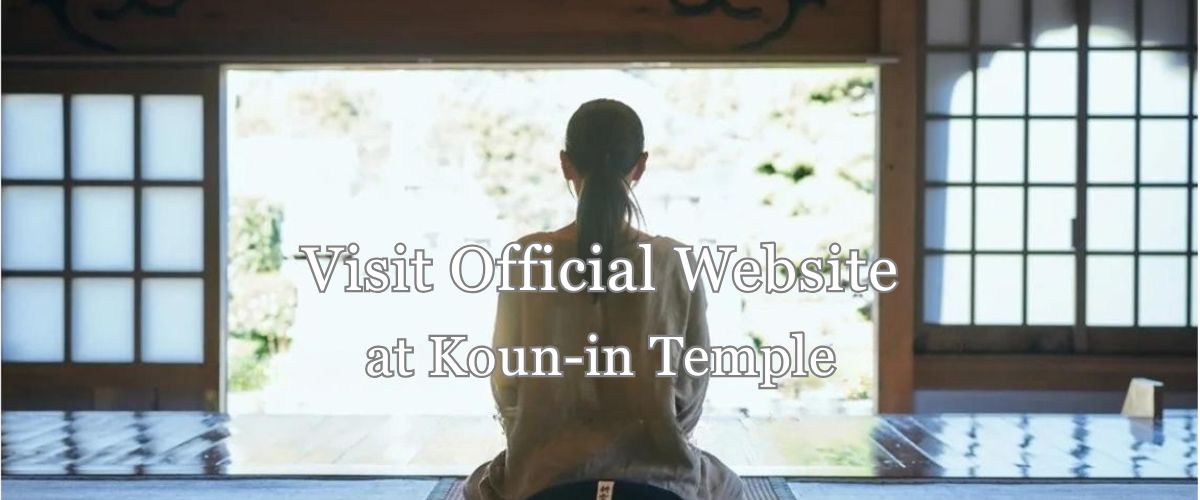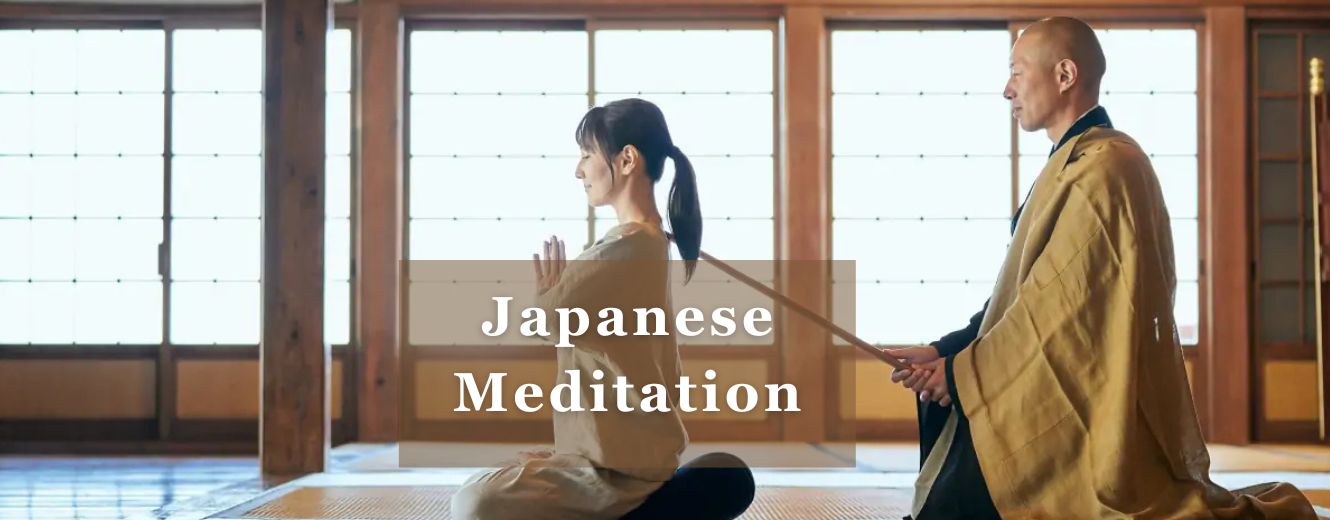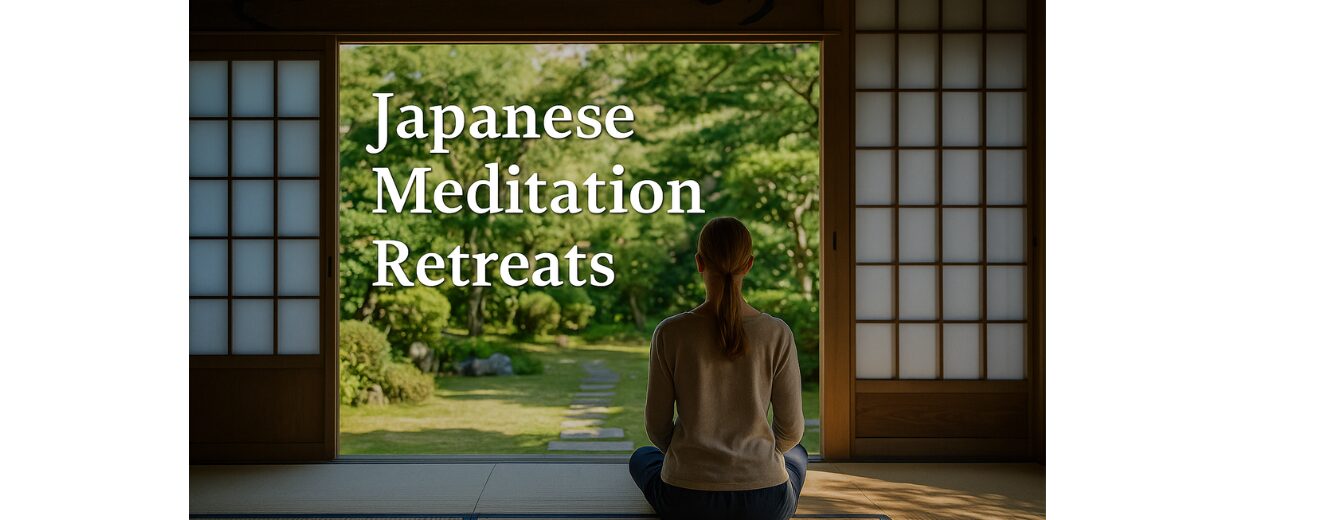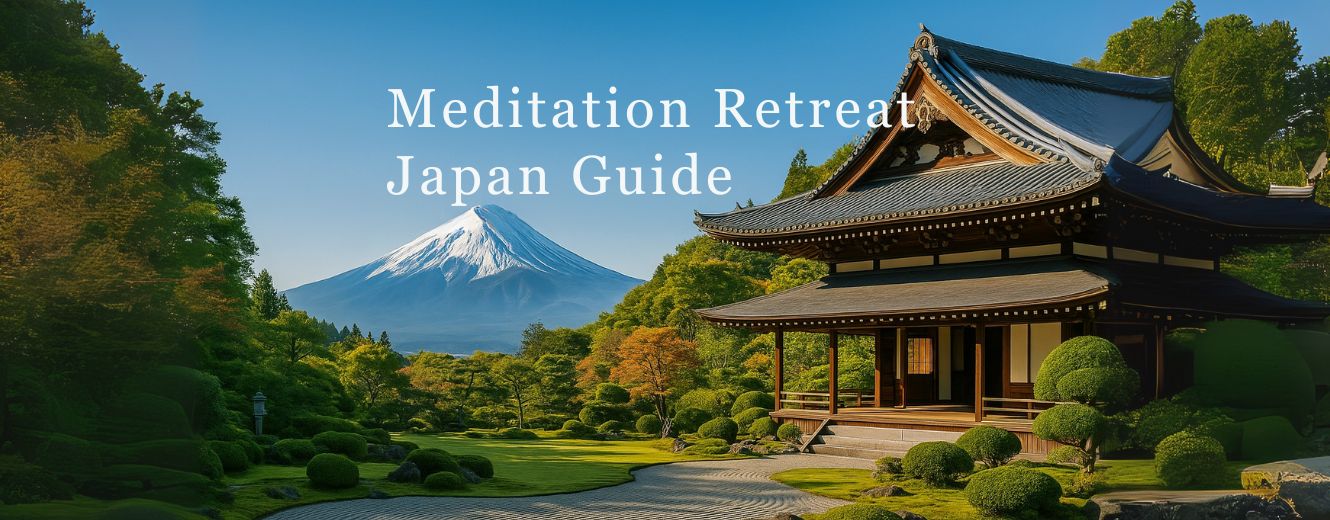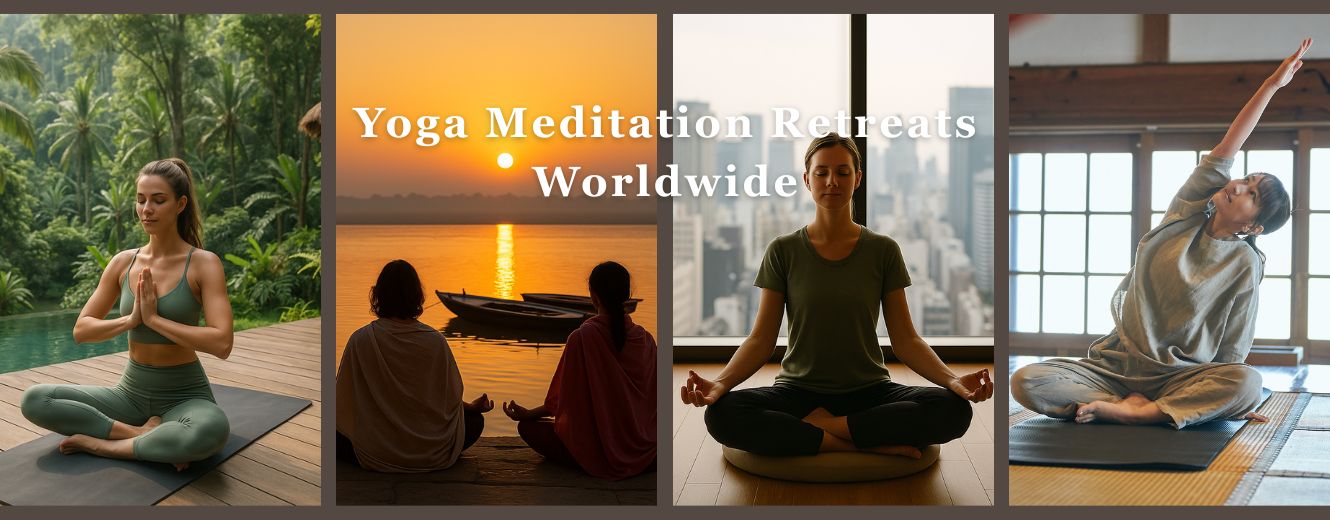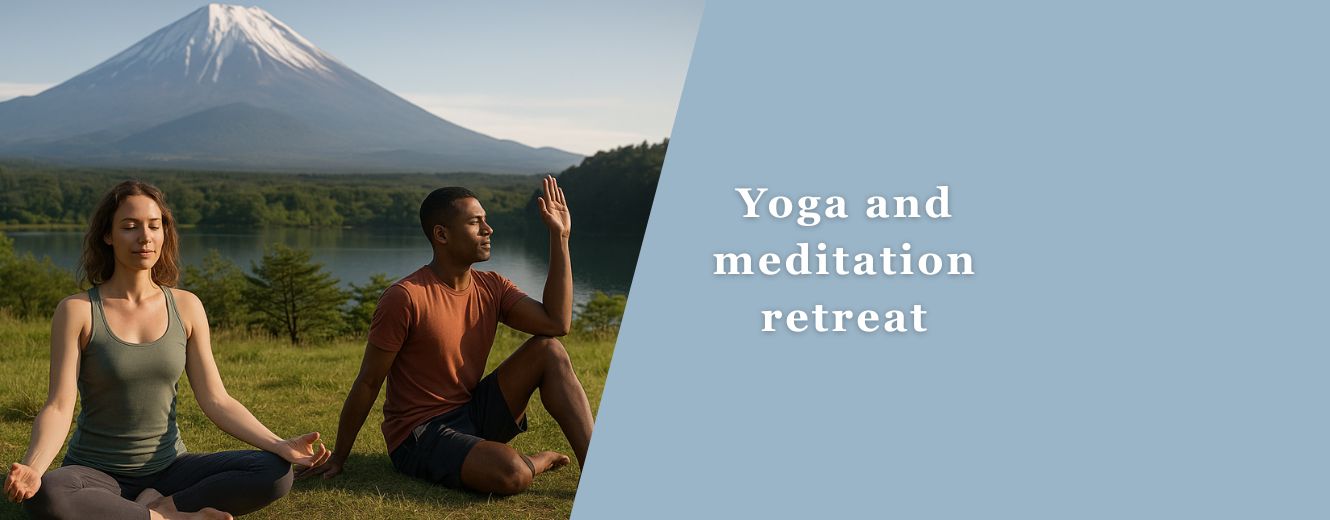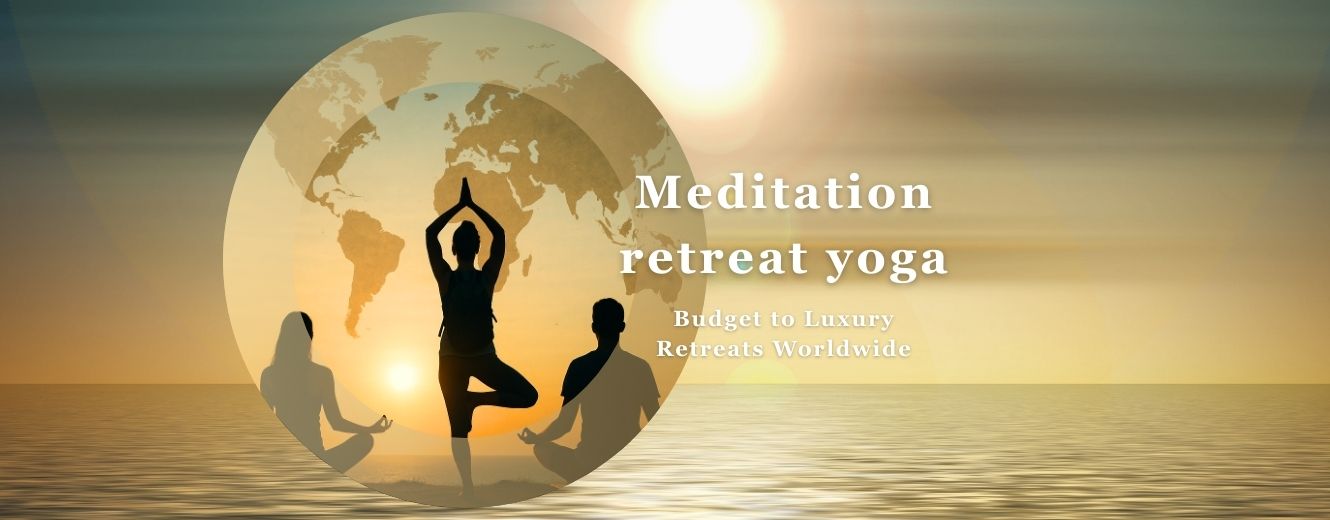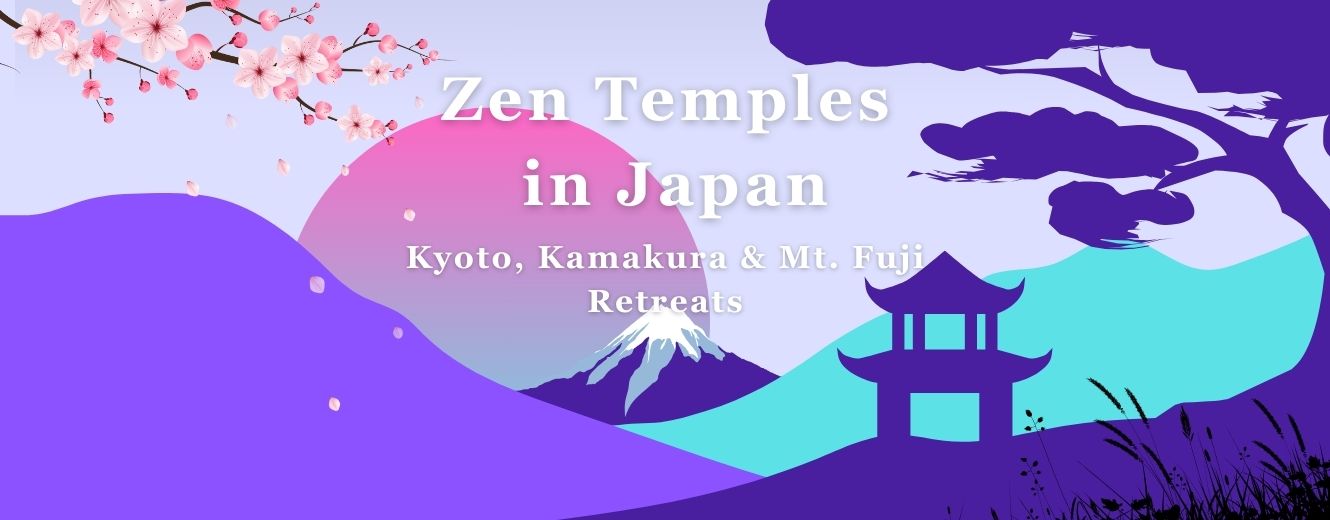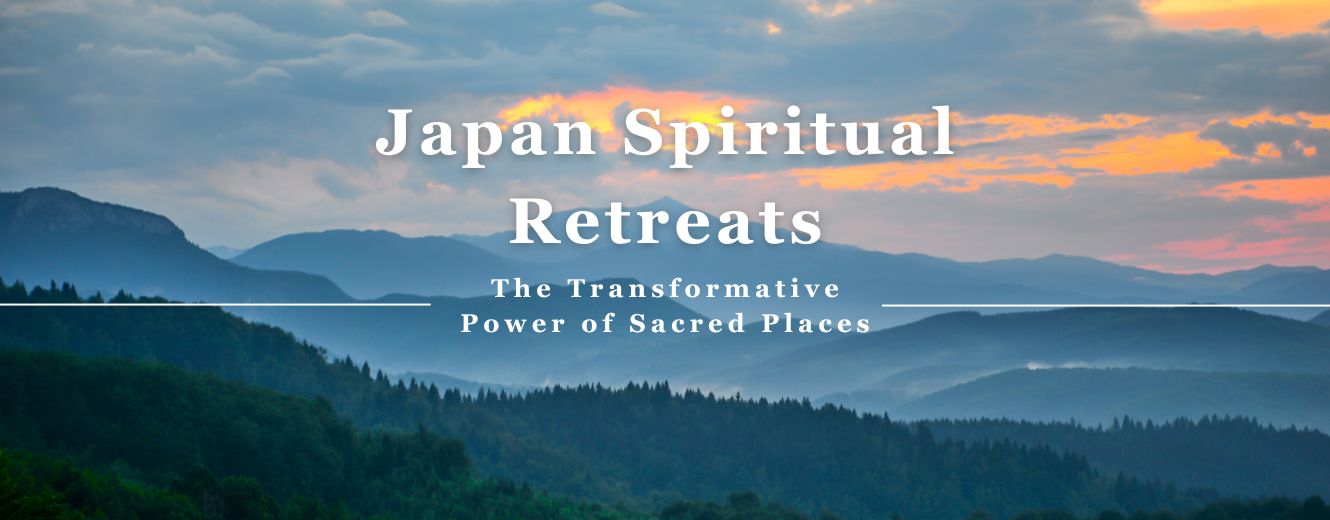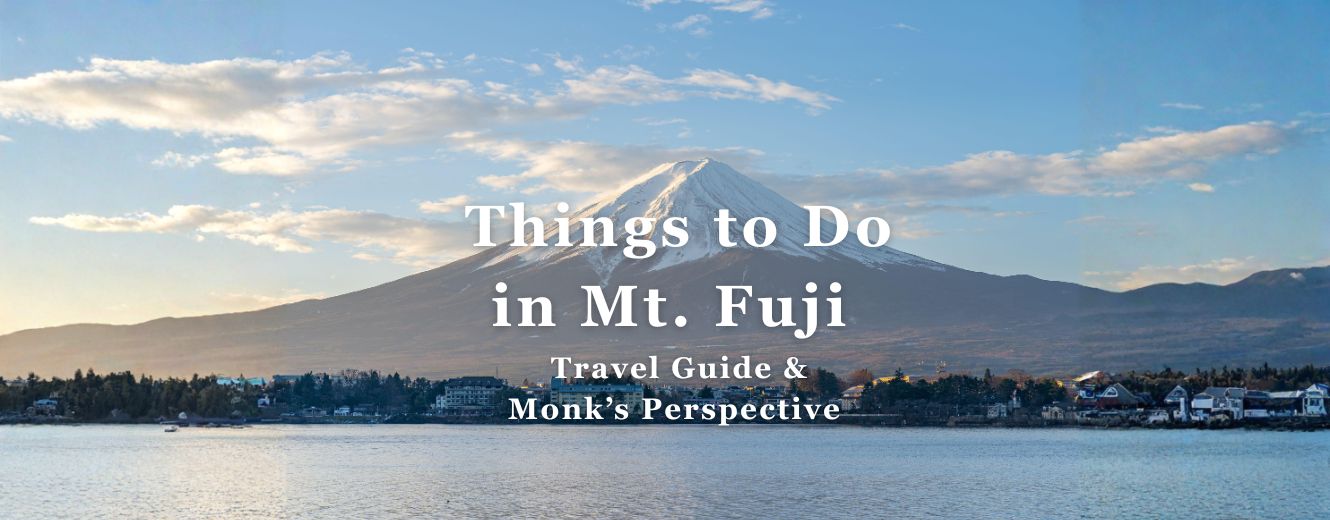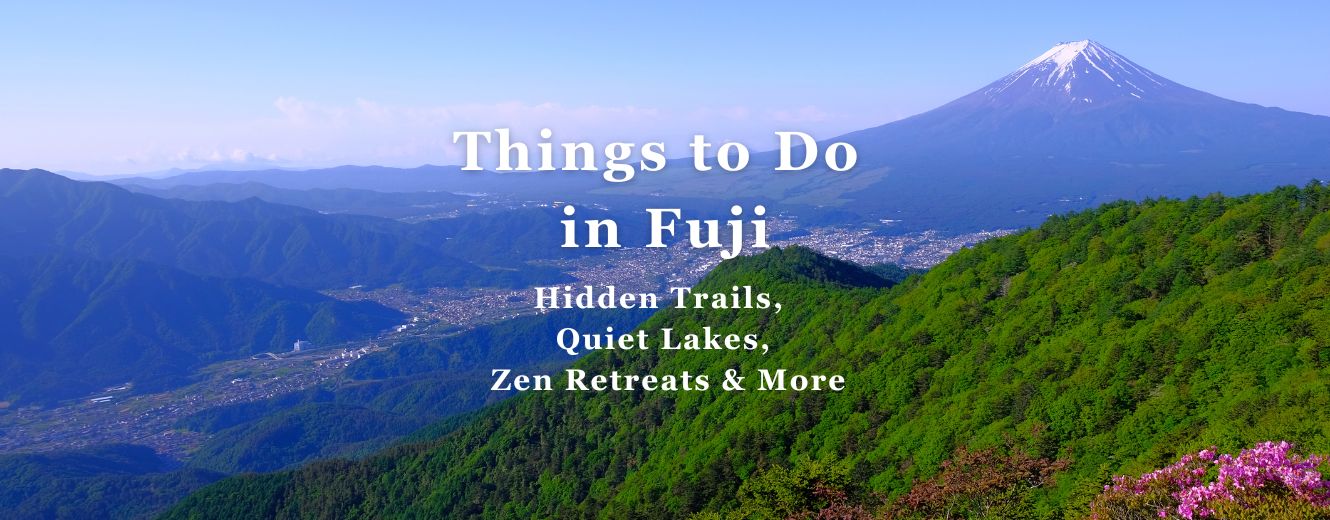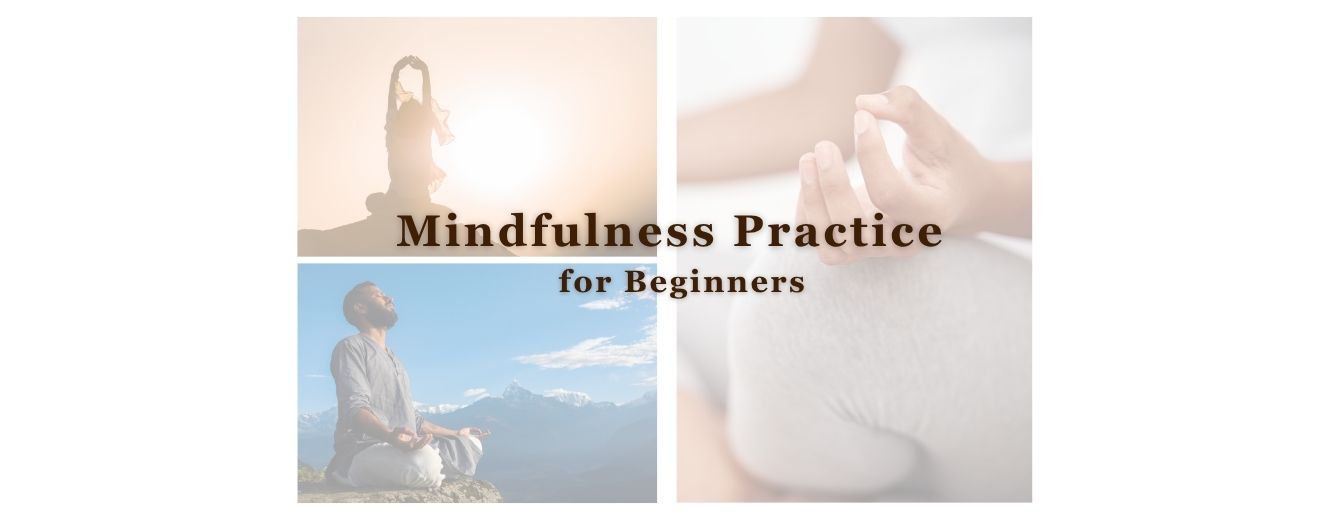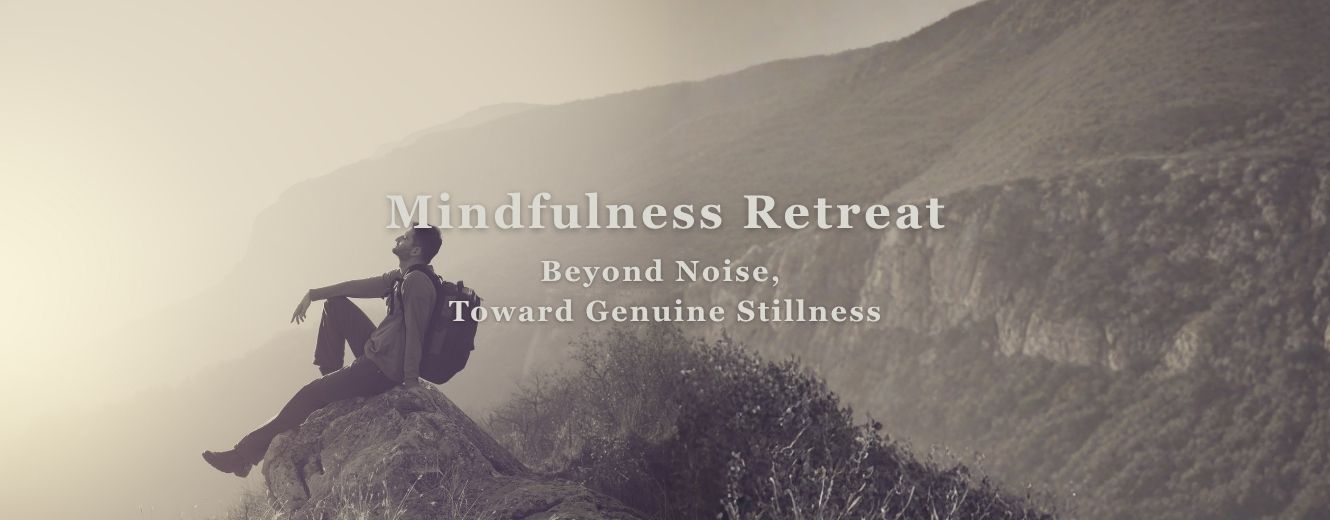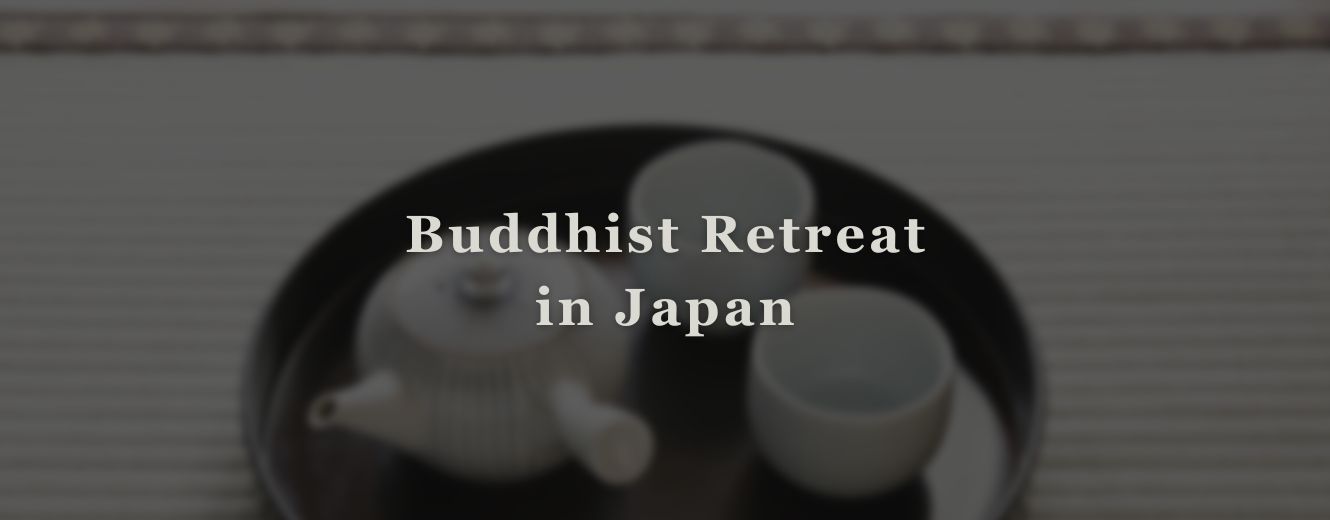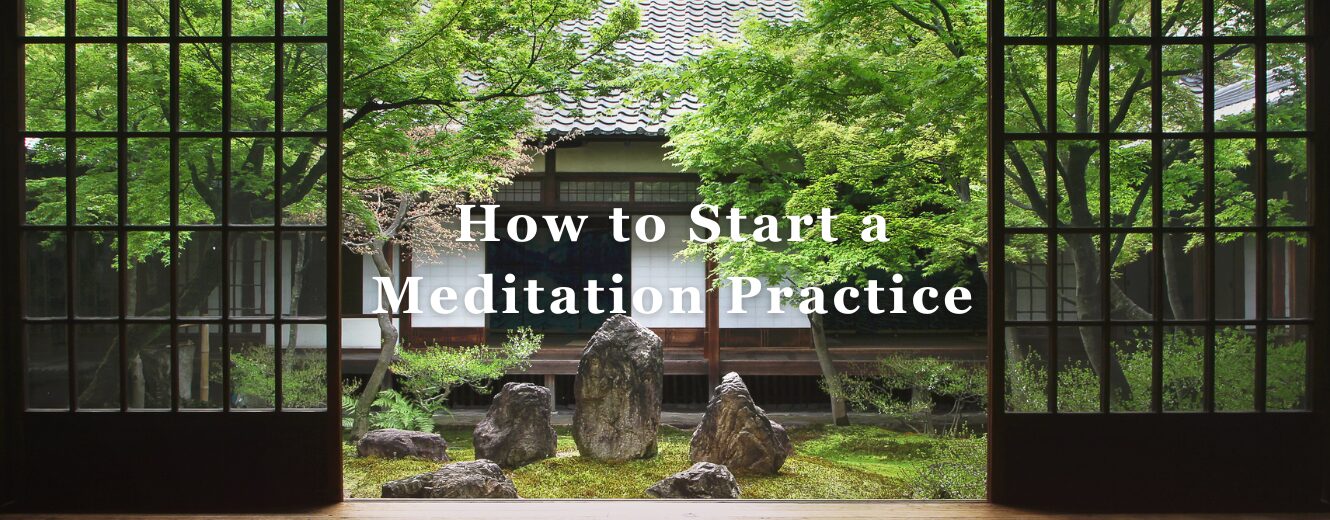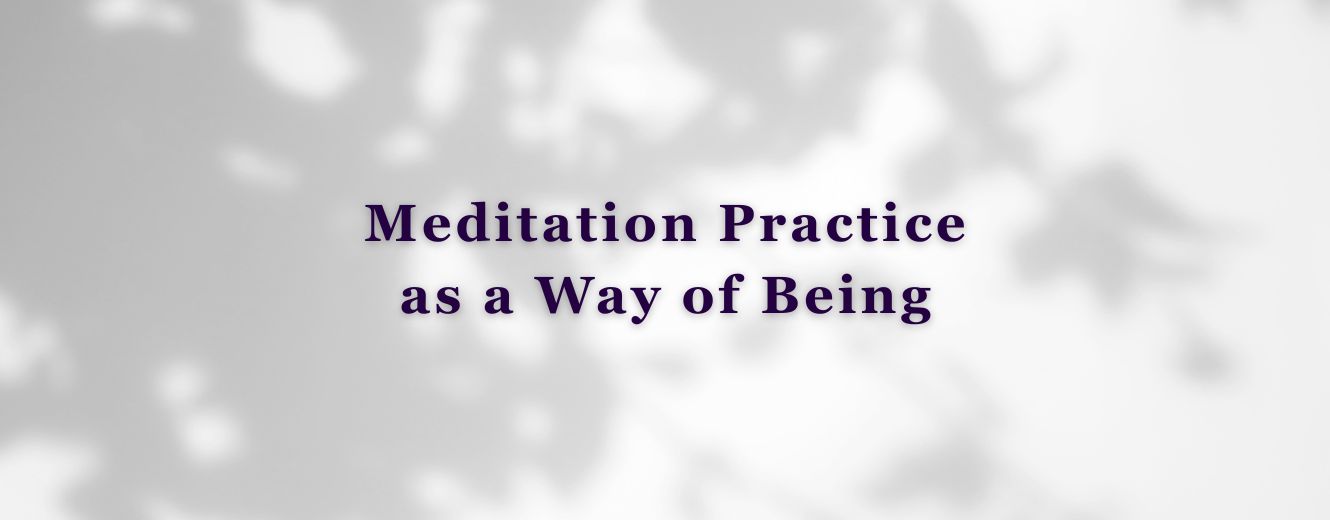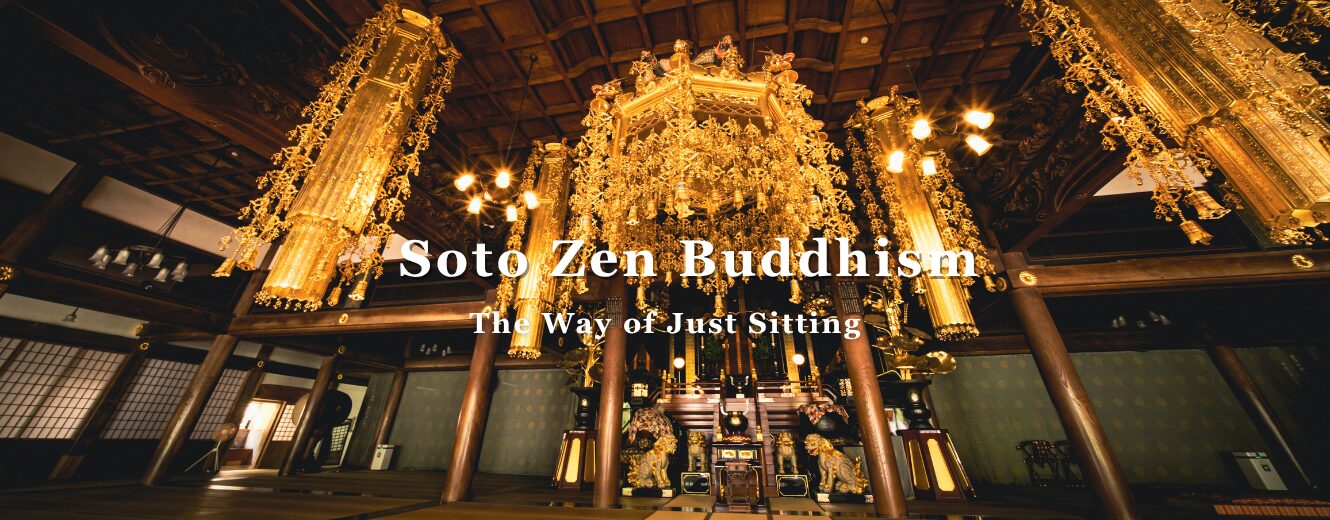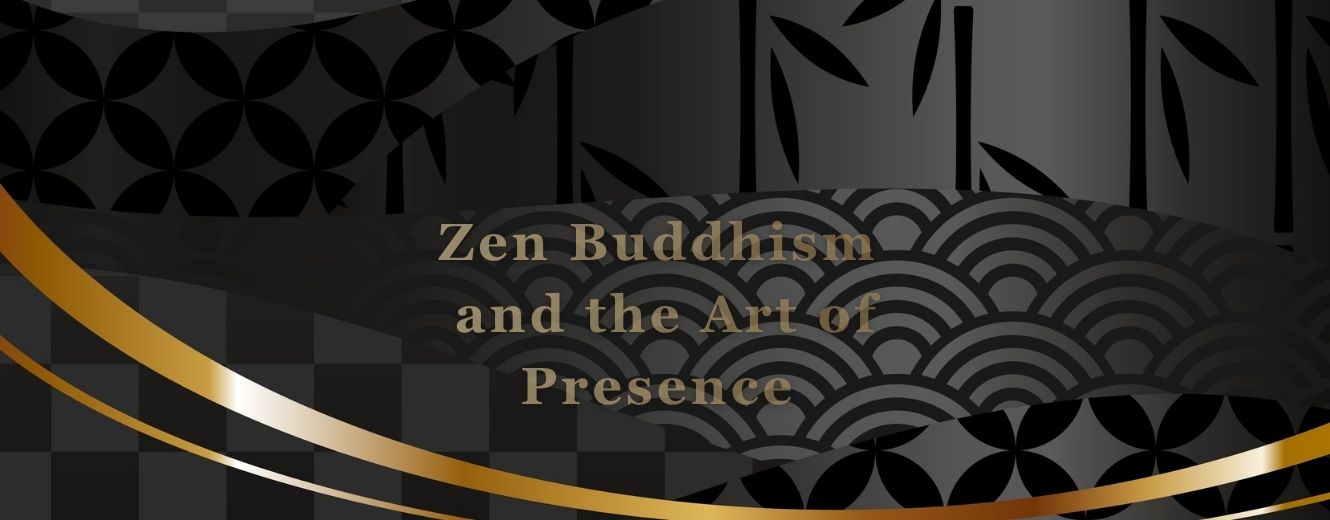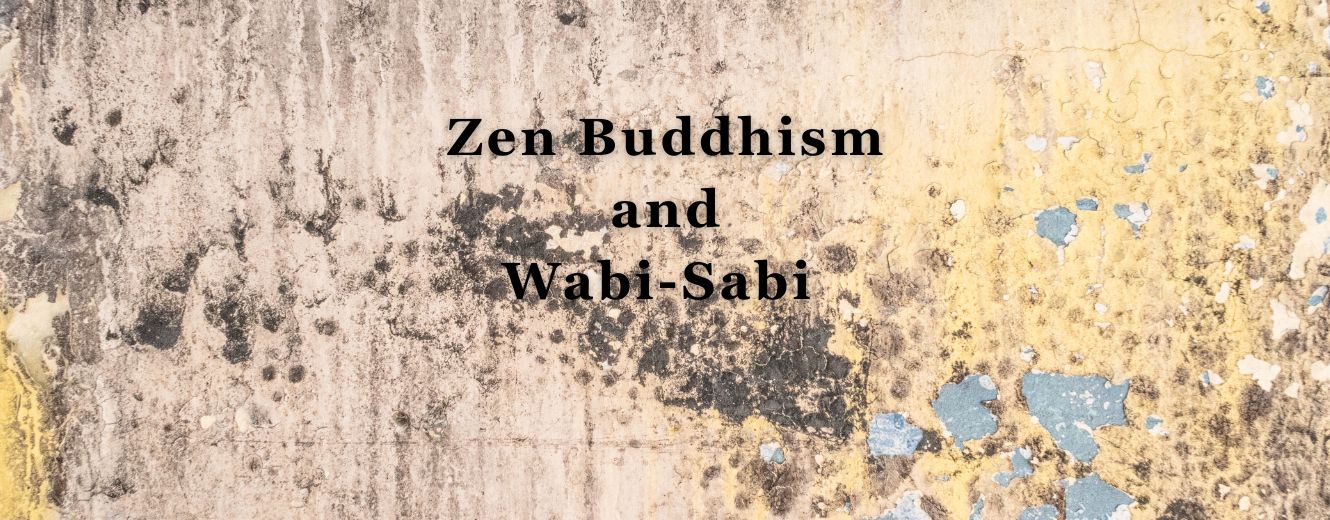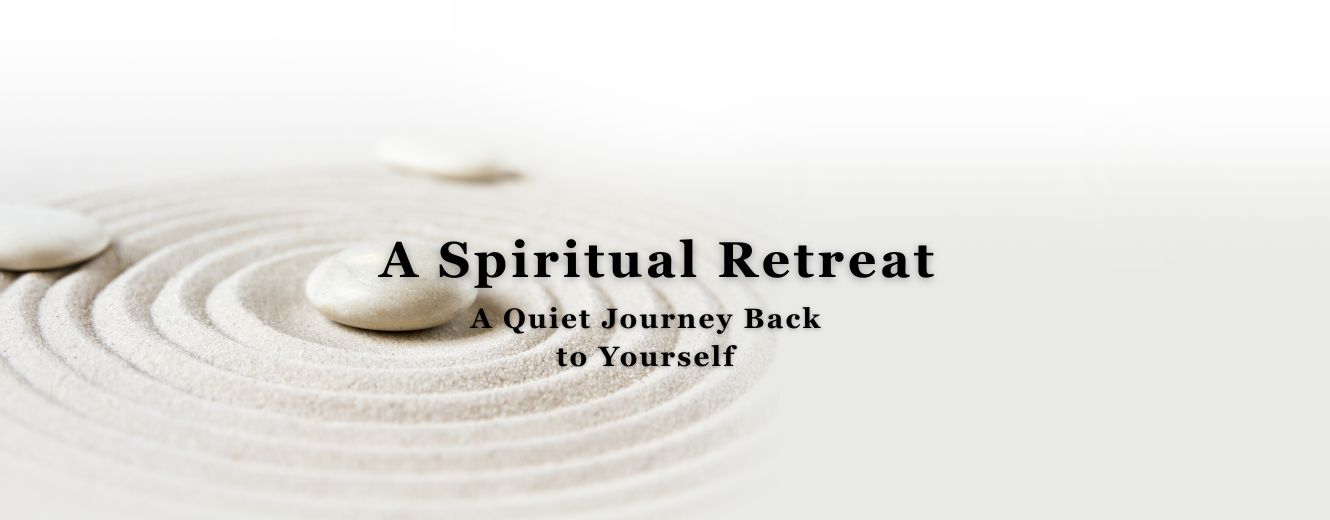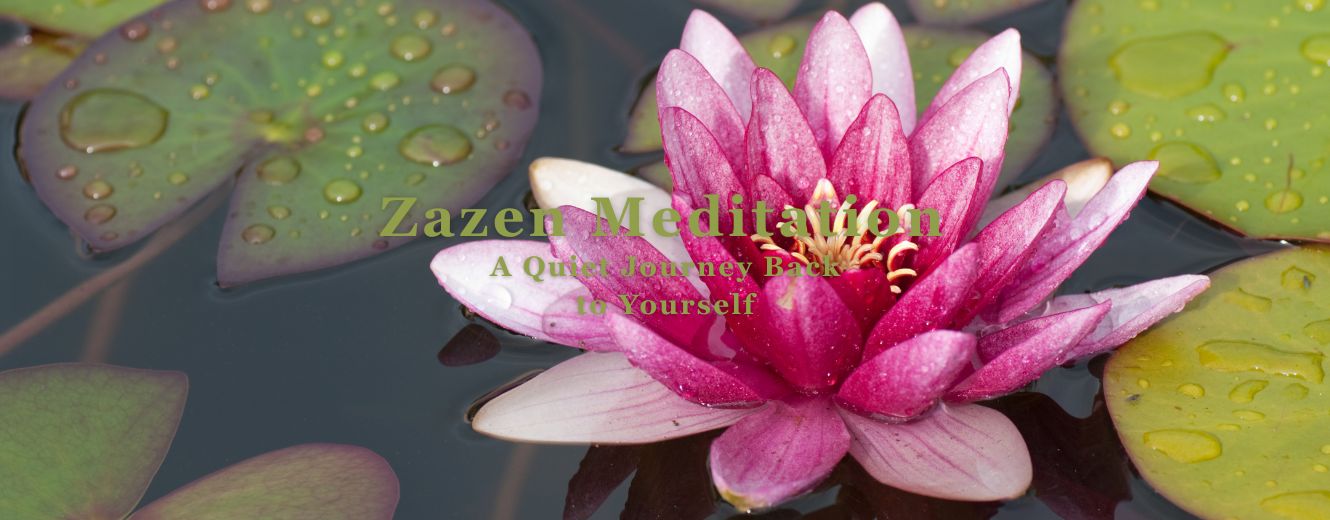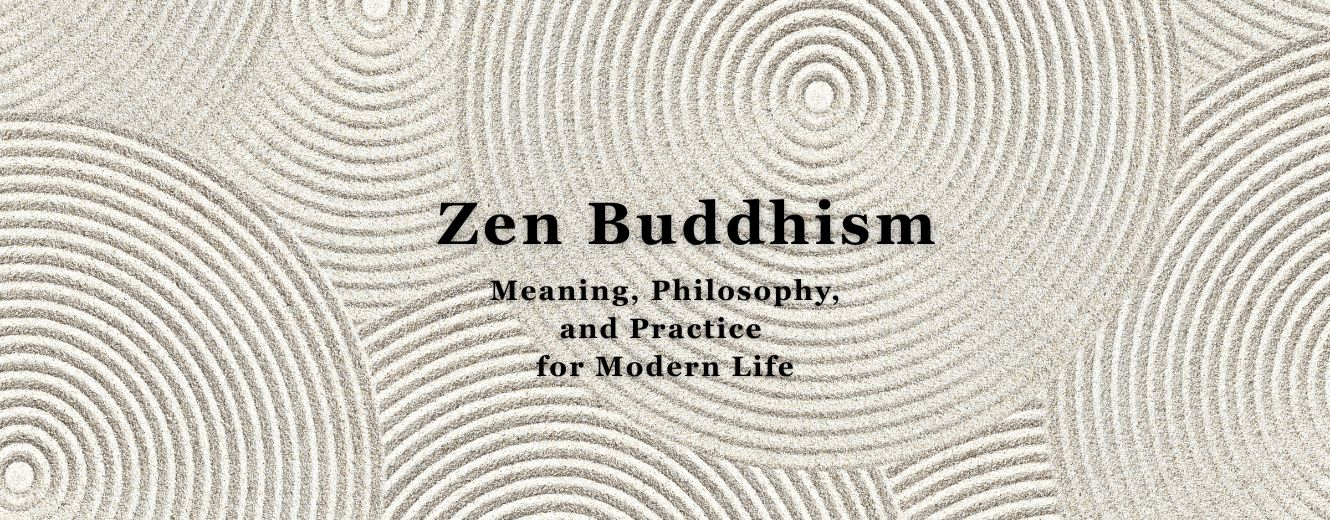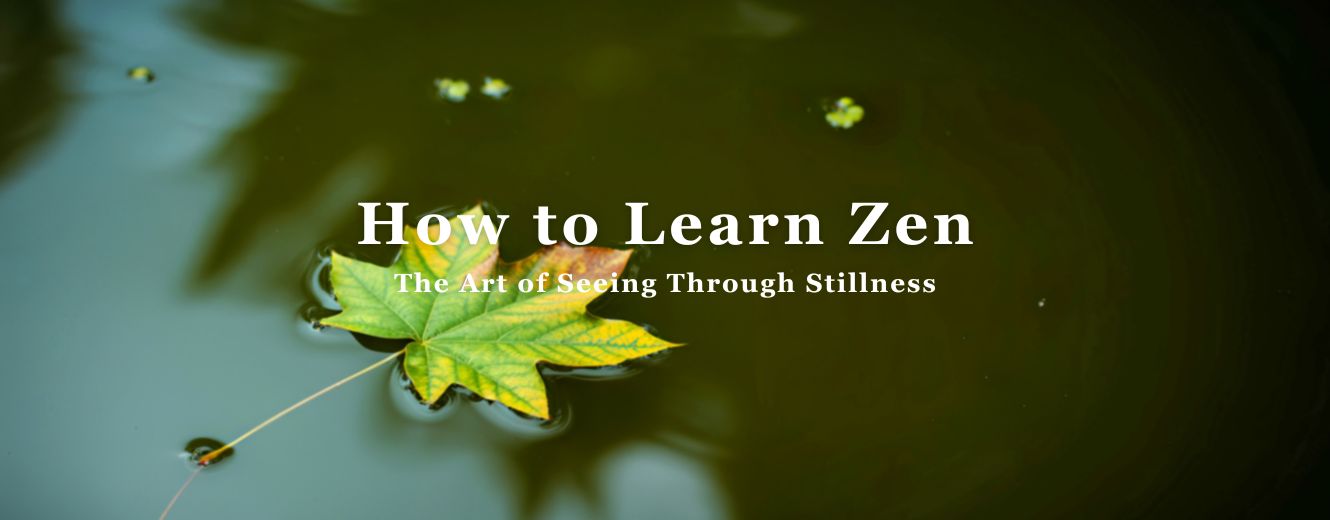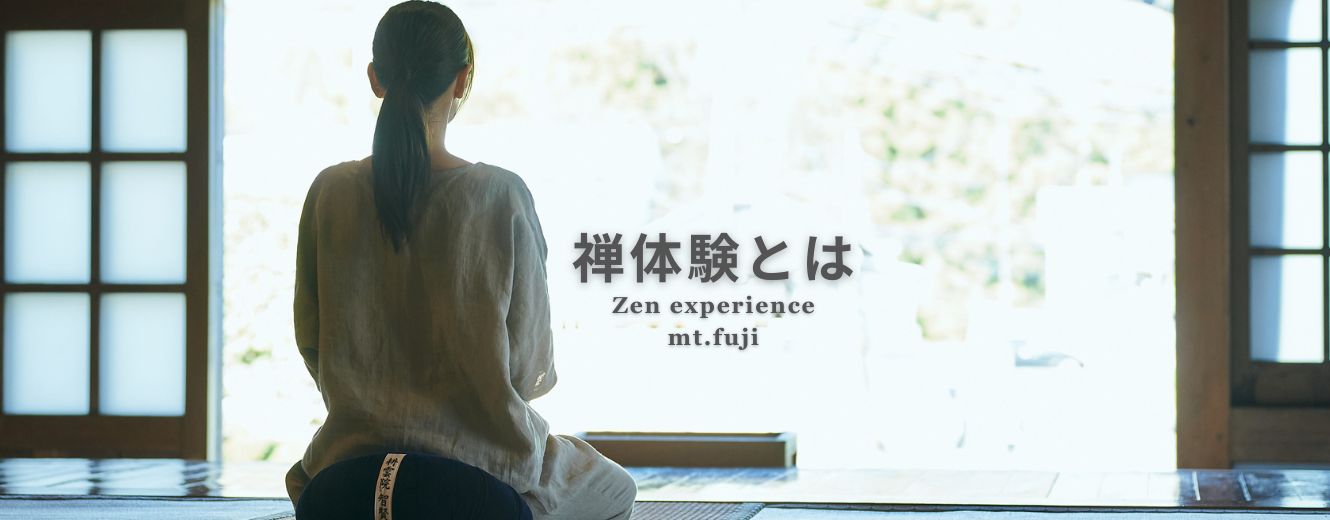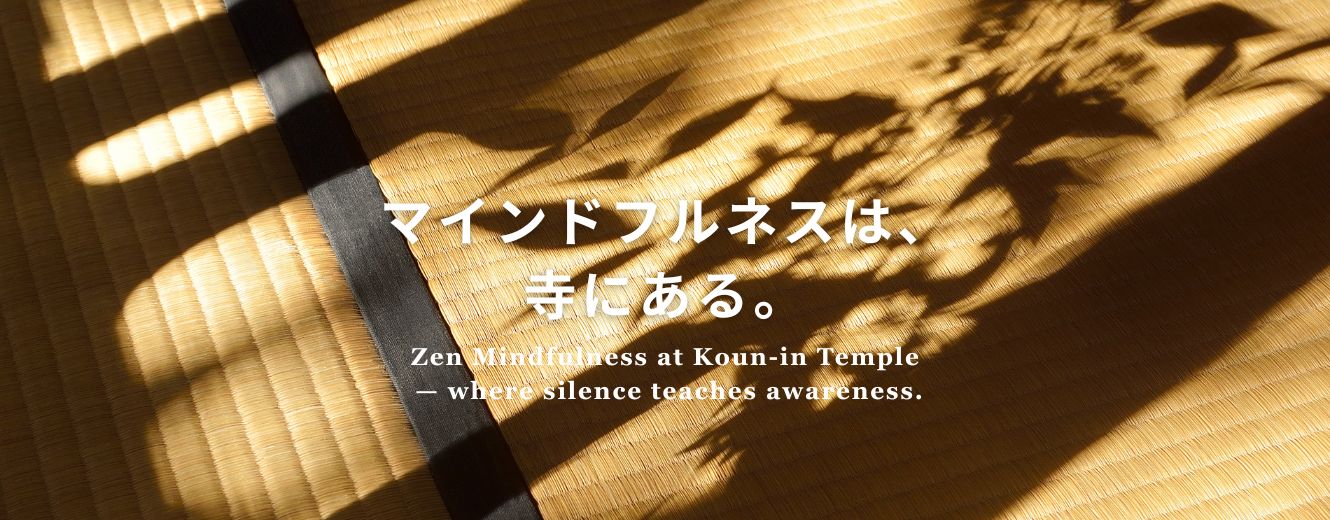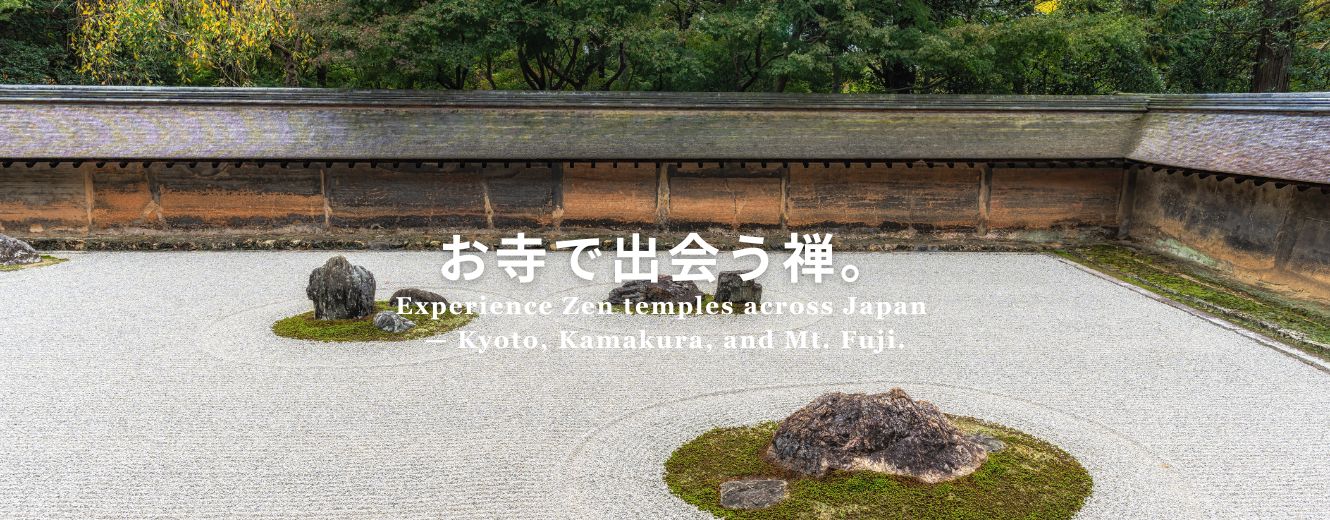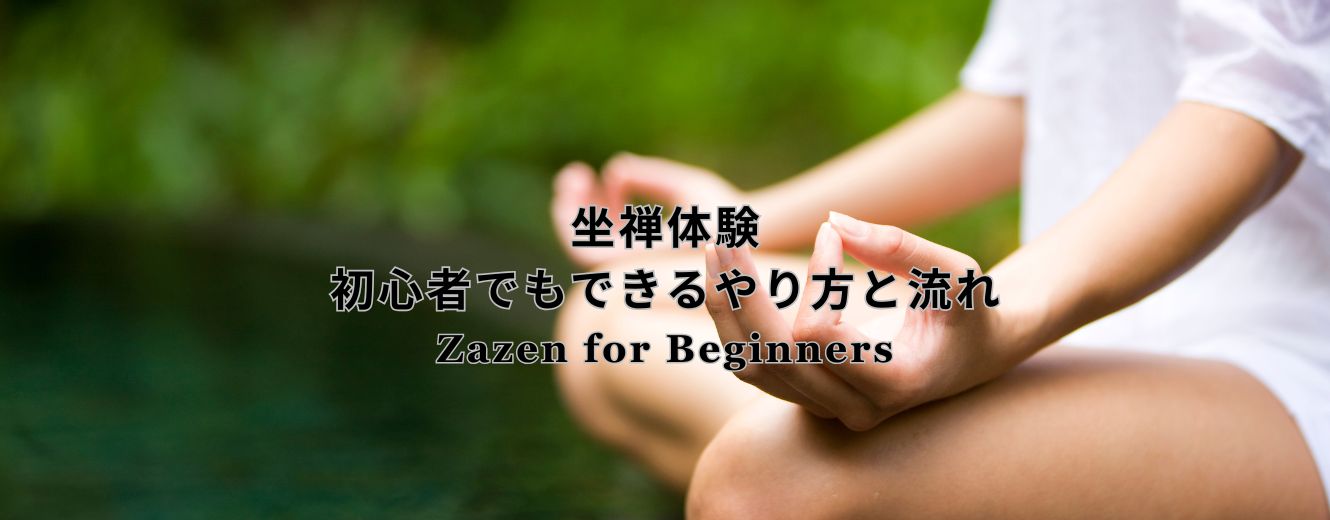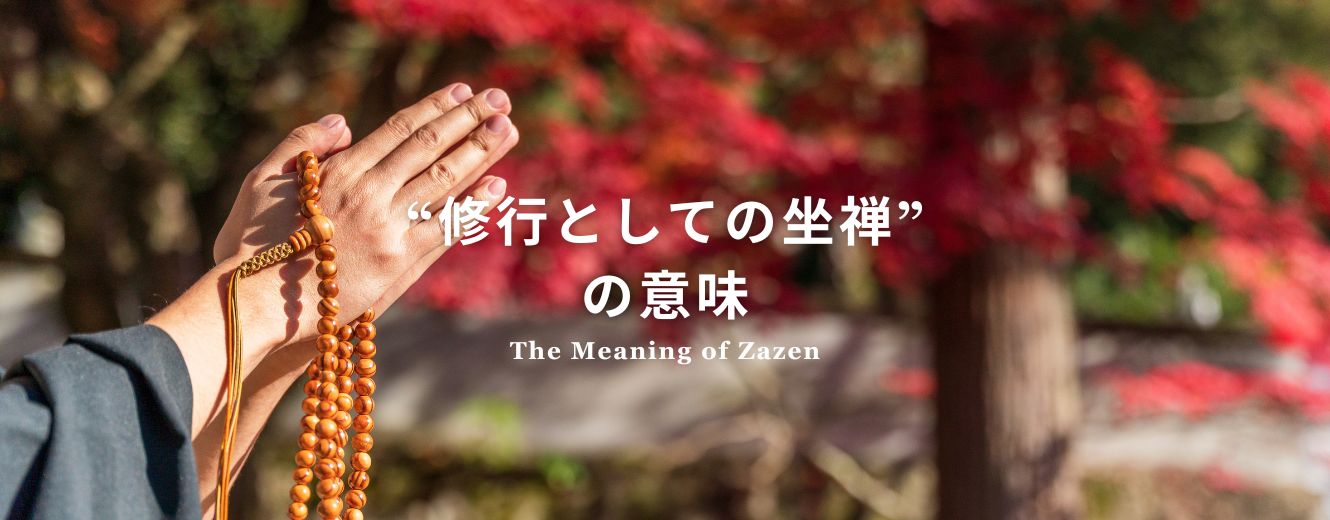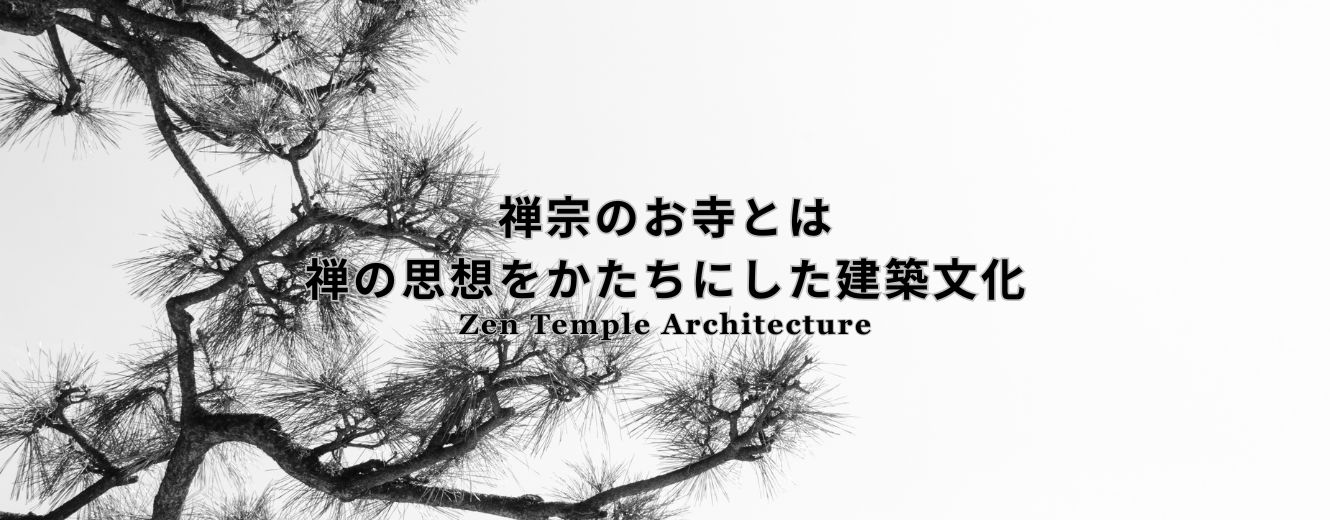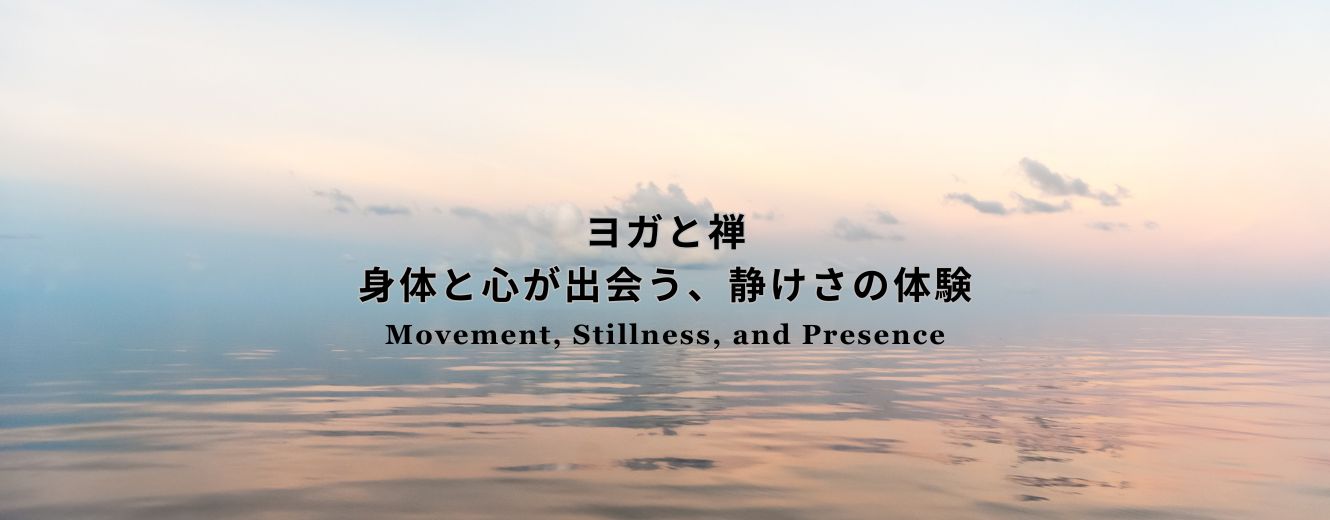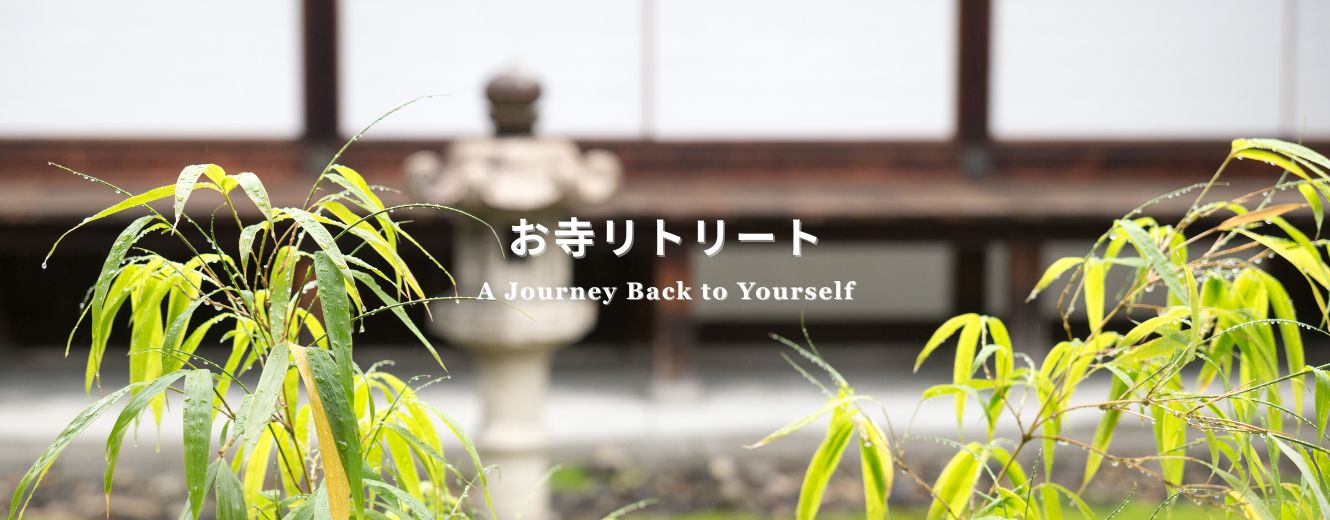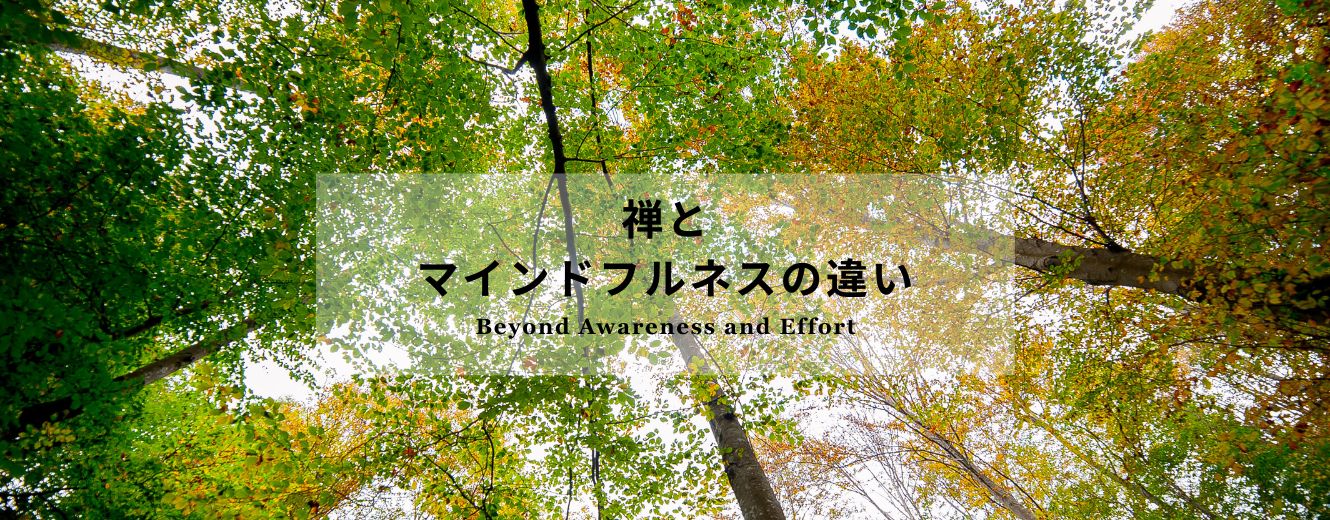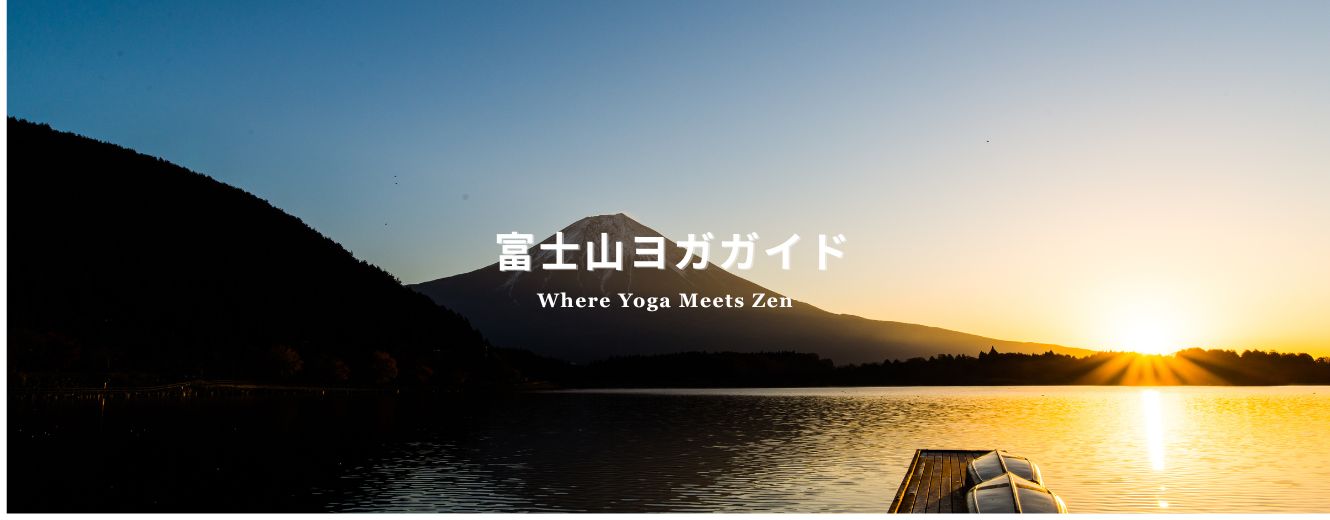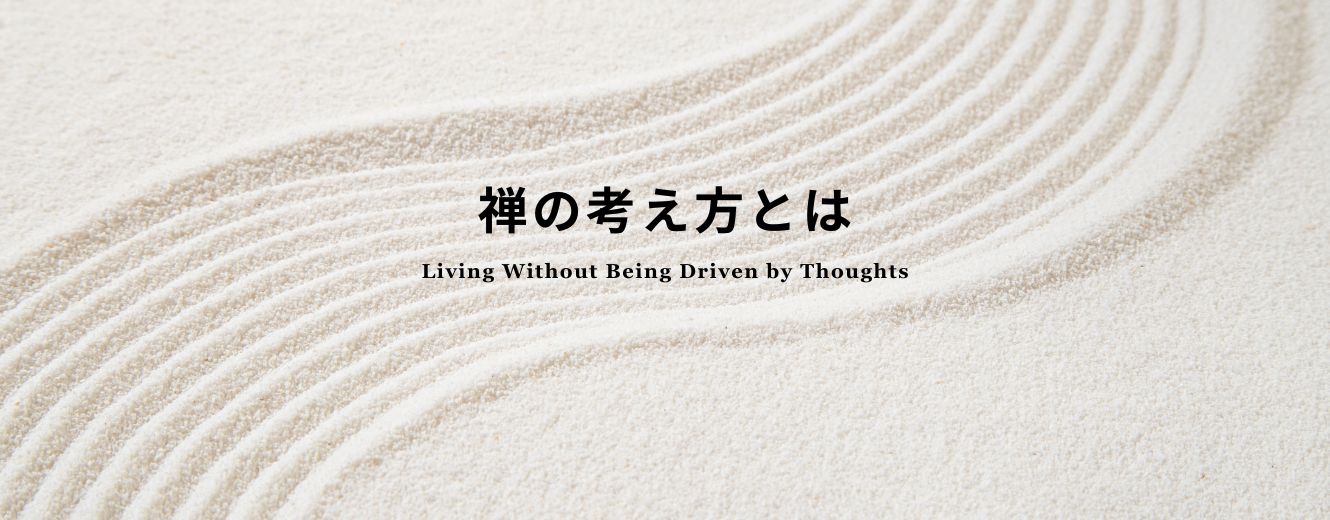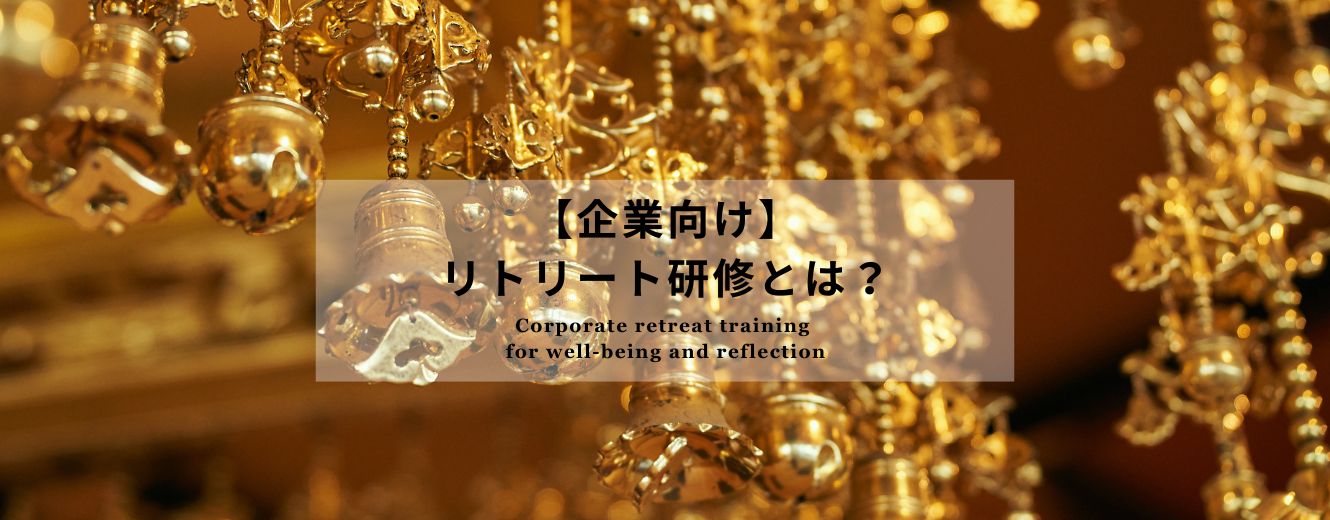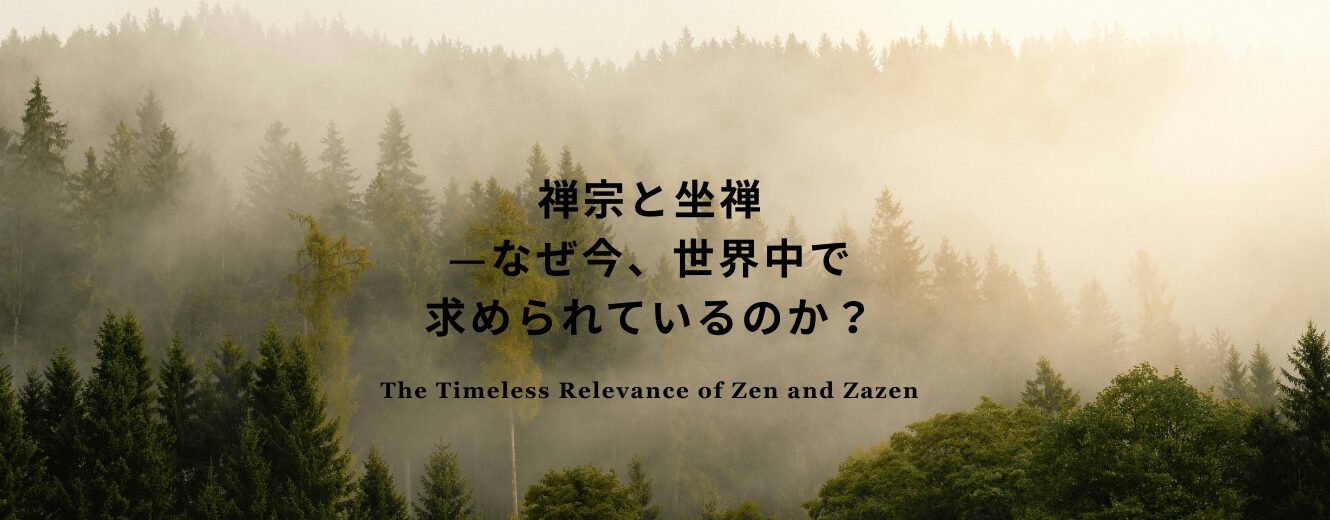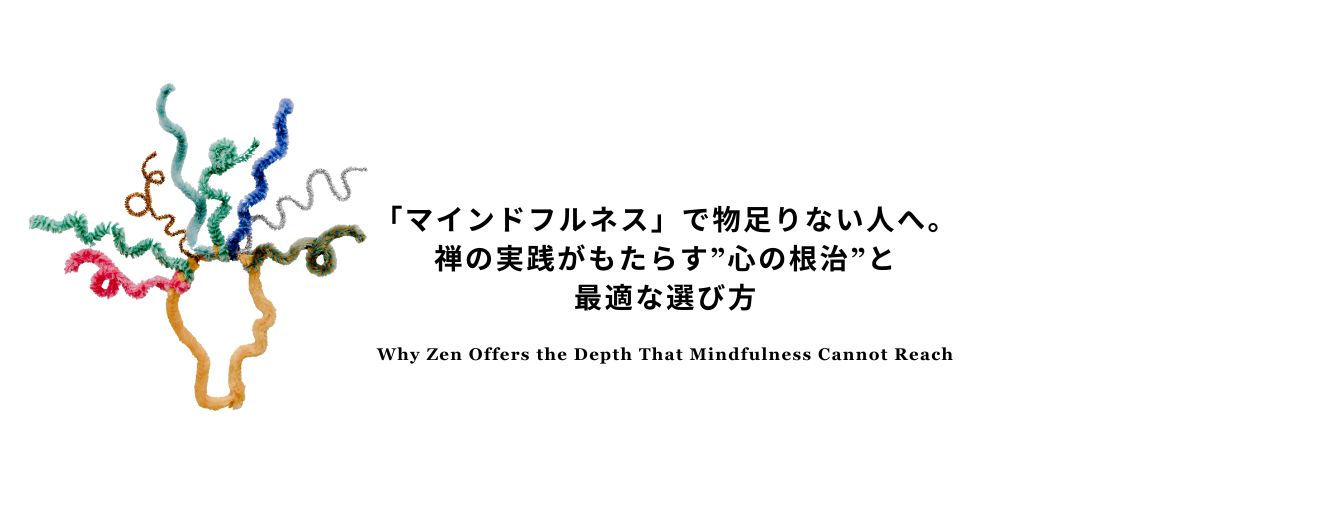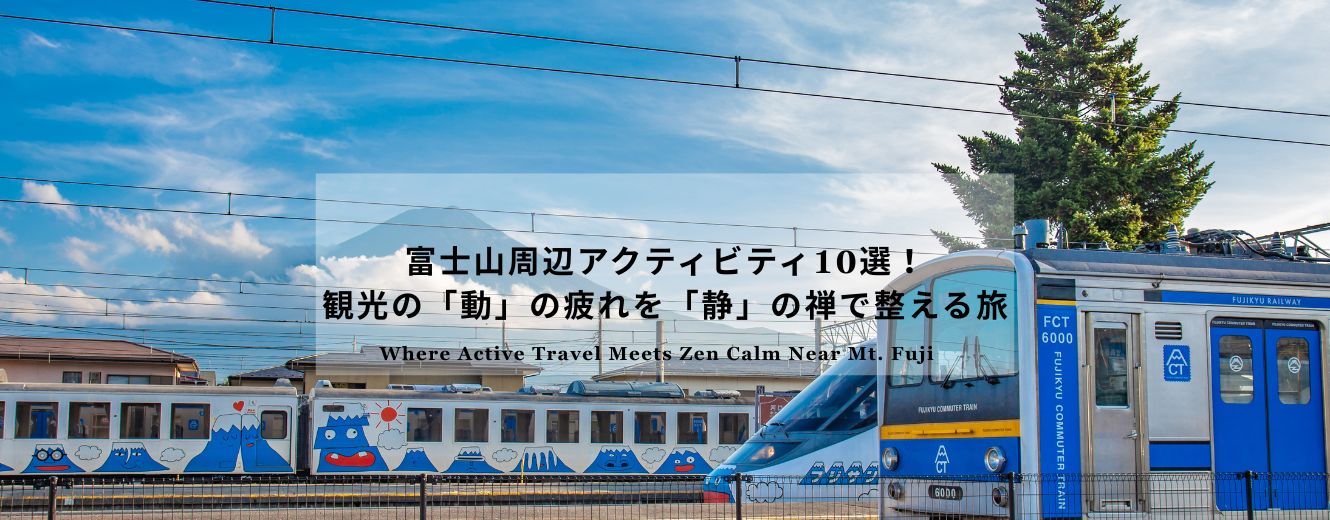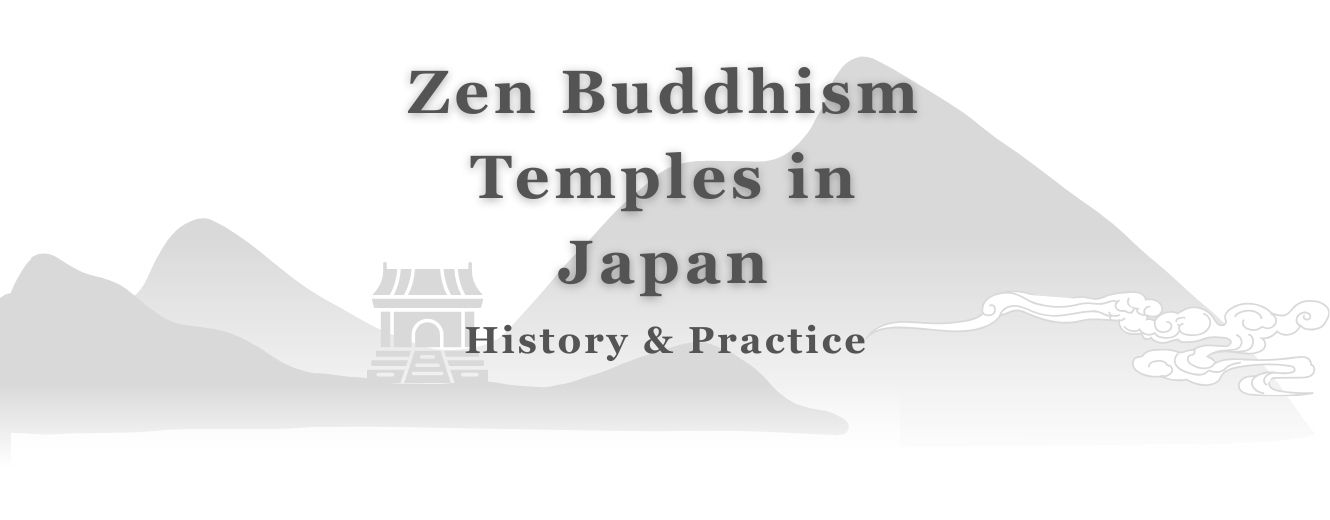
Zen Buddhism Temples in Japan — History & Practice
What Is a Zen Buddhism Temple in Japan? — A Monk’s Perspective
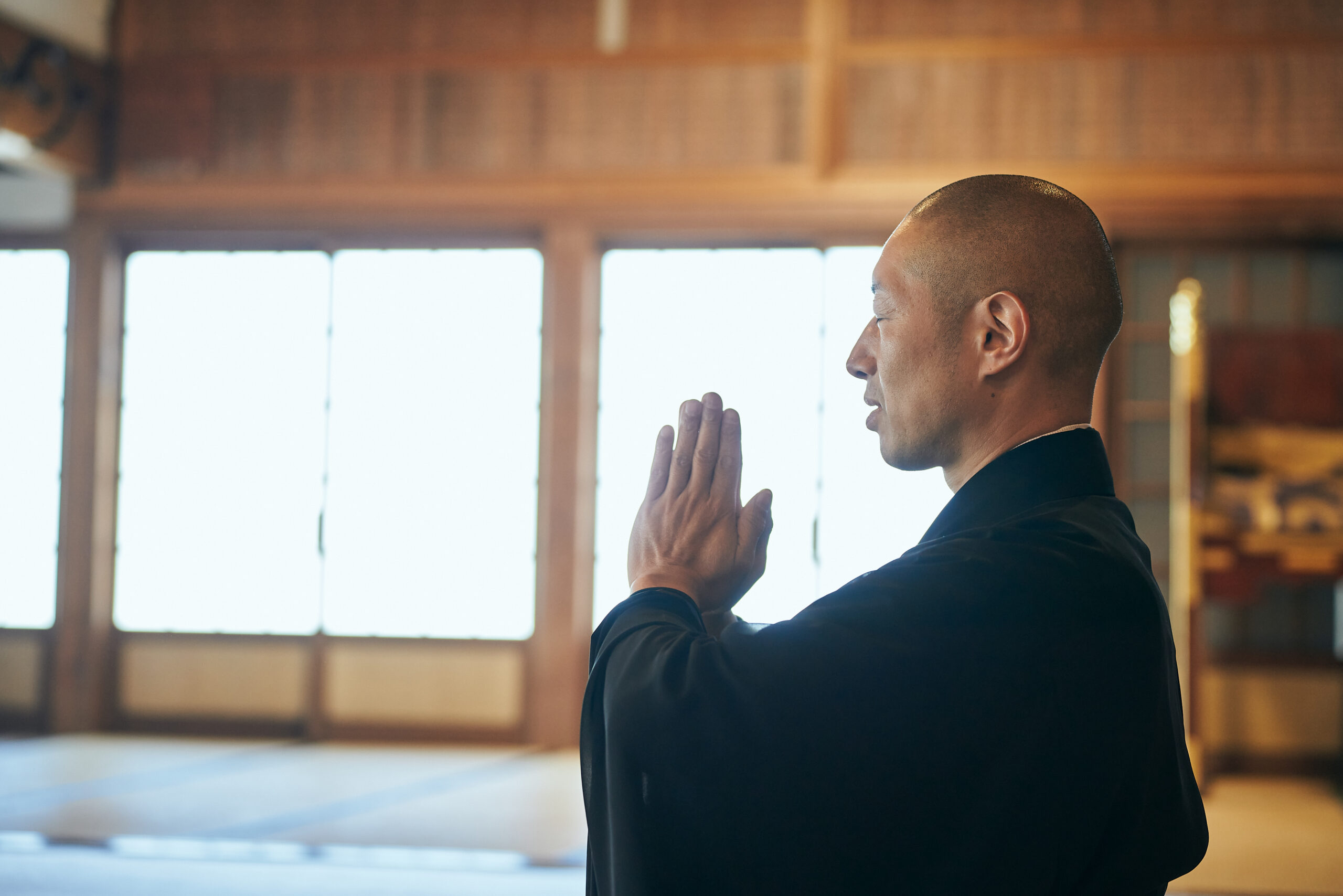
In the Kamakura period, as other Buddhist schools in Japan grew more focused on ritual and structure, Zen emerged as something radically different — a way of looking directly into one’s own heart and awakening through personal experience. Zen temples became the spaces where this philosophy took shape, deeply influencing the spirit and culture of the samurai.
As a Soto Zen monk, I do not see these temples as places that simply preserve the past. To me, they are living treasures of wisdom, where practices such as Shikantaza (“just sitting”) and Kōan (teacher’s paradoxical questions) are still alive today.
In this article, we will look at the many roles Zen temples have played, exploring their historical roots as well as the practical ways their teachings continue to guide and inspire our modern lives.
The Wisdom of Zen Buddhism Temples — Living by Subtraction
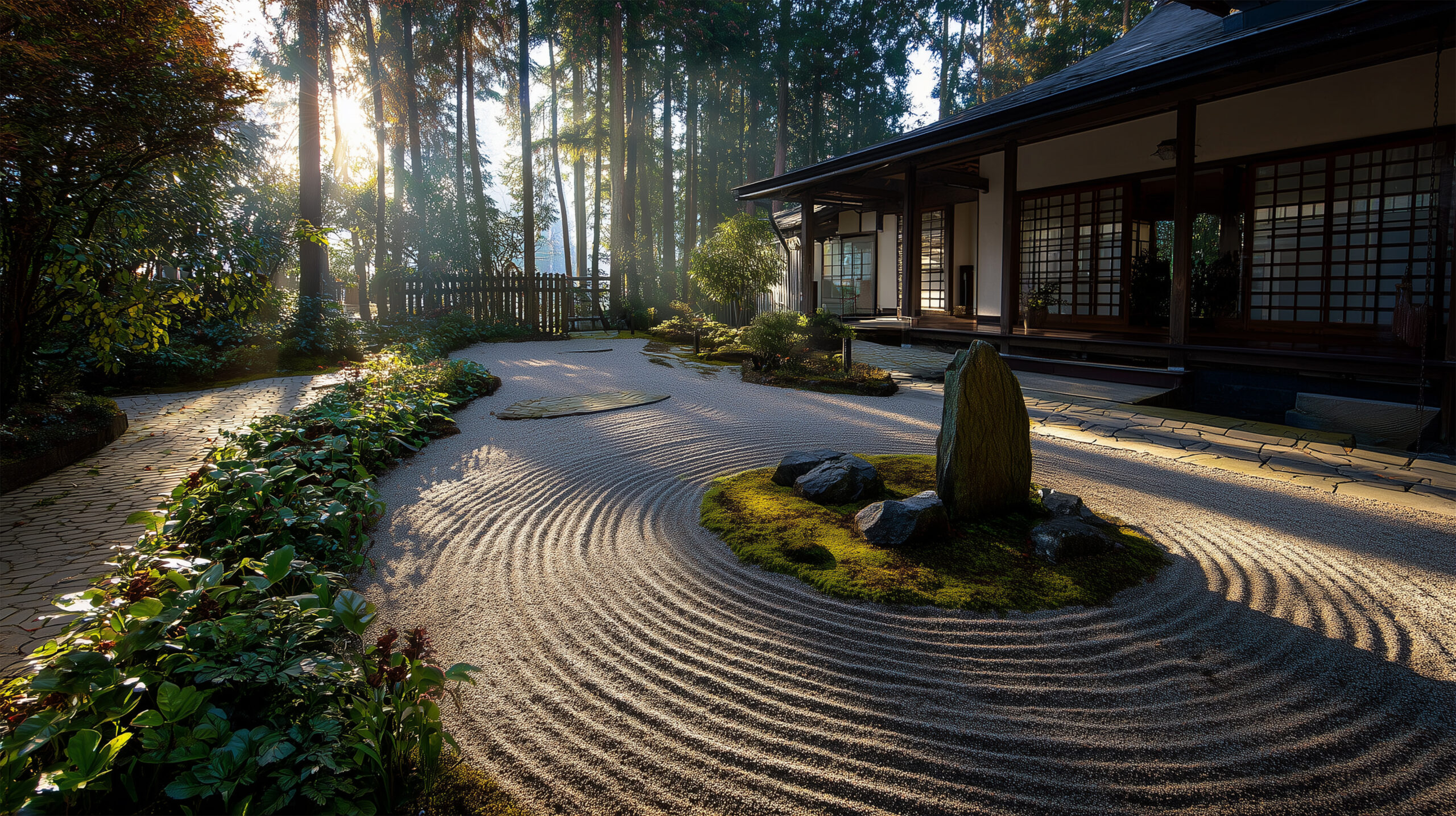
Zen emphasizes subtraction over addition. By removing distractions and unnecessary attachments, you can meet yourself as you truly are.
Furyūmonji (不立文字)
Awakening is realized not through words but through direct experience.
Jikishi Ninshin (直指人心)
Look directly into your own heart.
Kenshō Jōbutsu (見性成仏)
To see your true nature as it is, is itself awakening.
In today’s world of endless roles, responsibilities, and digital noise, our minds easily become scattered. Zen offers the wisdom of subtraction — a way to quiet the heart and rediscover clarity.
👉 For travelers, these teachings often become real through practice as we explain in our Japanese Meditation Retreats guide
Zen Practice in Japan — Soto and Rinzai Traditions
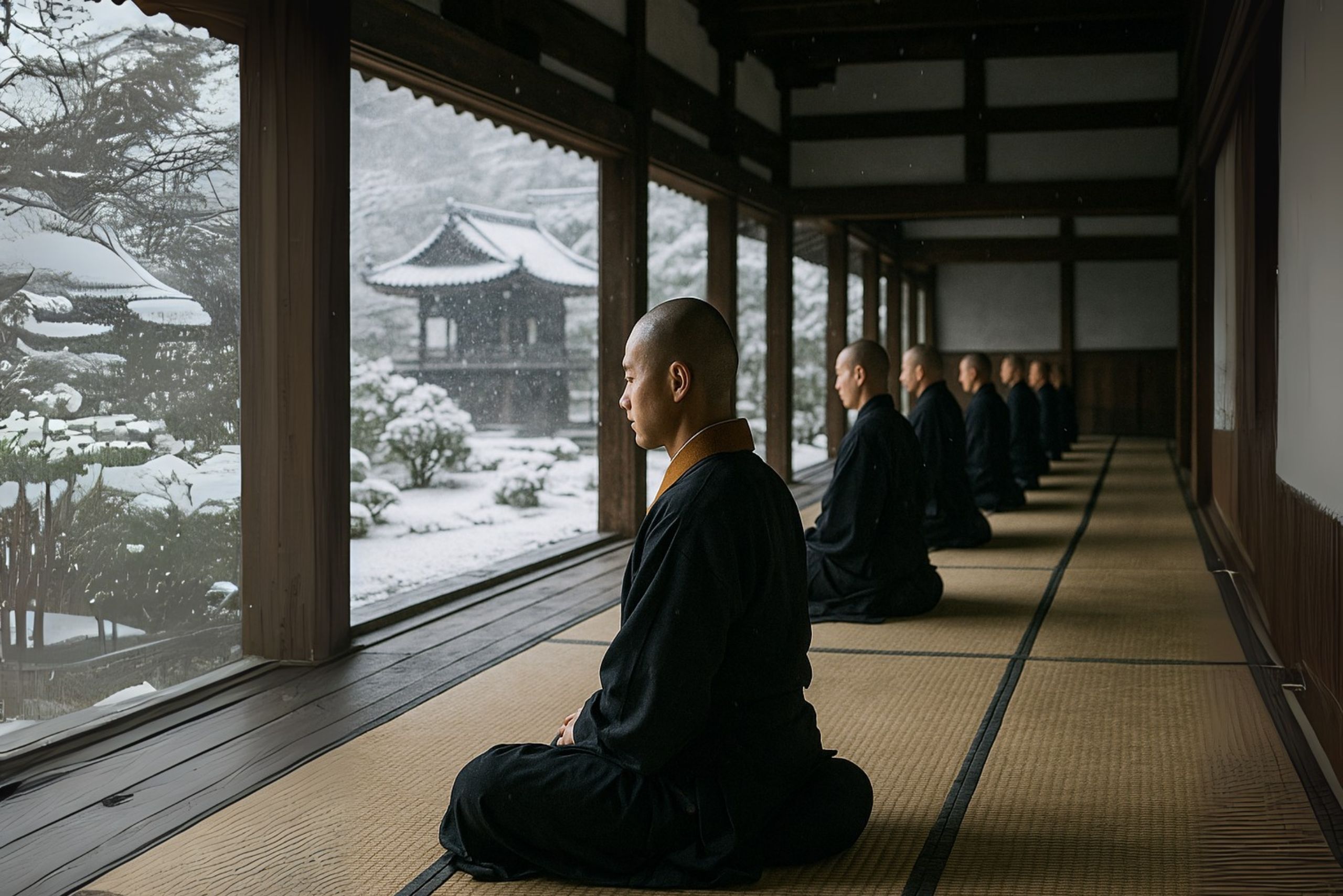
Zen in Japan developed into two major schools of practice:
Soto Zen
Taught by Dogen Zenji, who emphasized Shikantaza (只管打坐), or “just sitting.” Sitting itself, without seeking to gain anything, is already the expression of Buddha.
Rinzai Zen
Known for kōan practice, in which students face paradoxical questions from their teacher to break through conceptual thinking and move toward awakening.
As a Soto Zen monk, I have discovered that within the simple act of “just sitting,” there is infinite depth.
Insights From Japanese Monastic Life
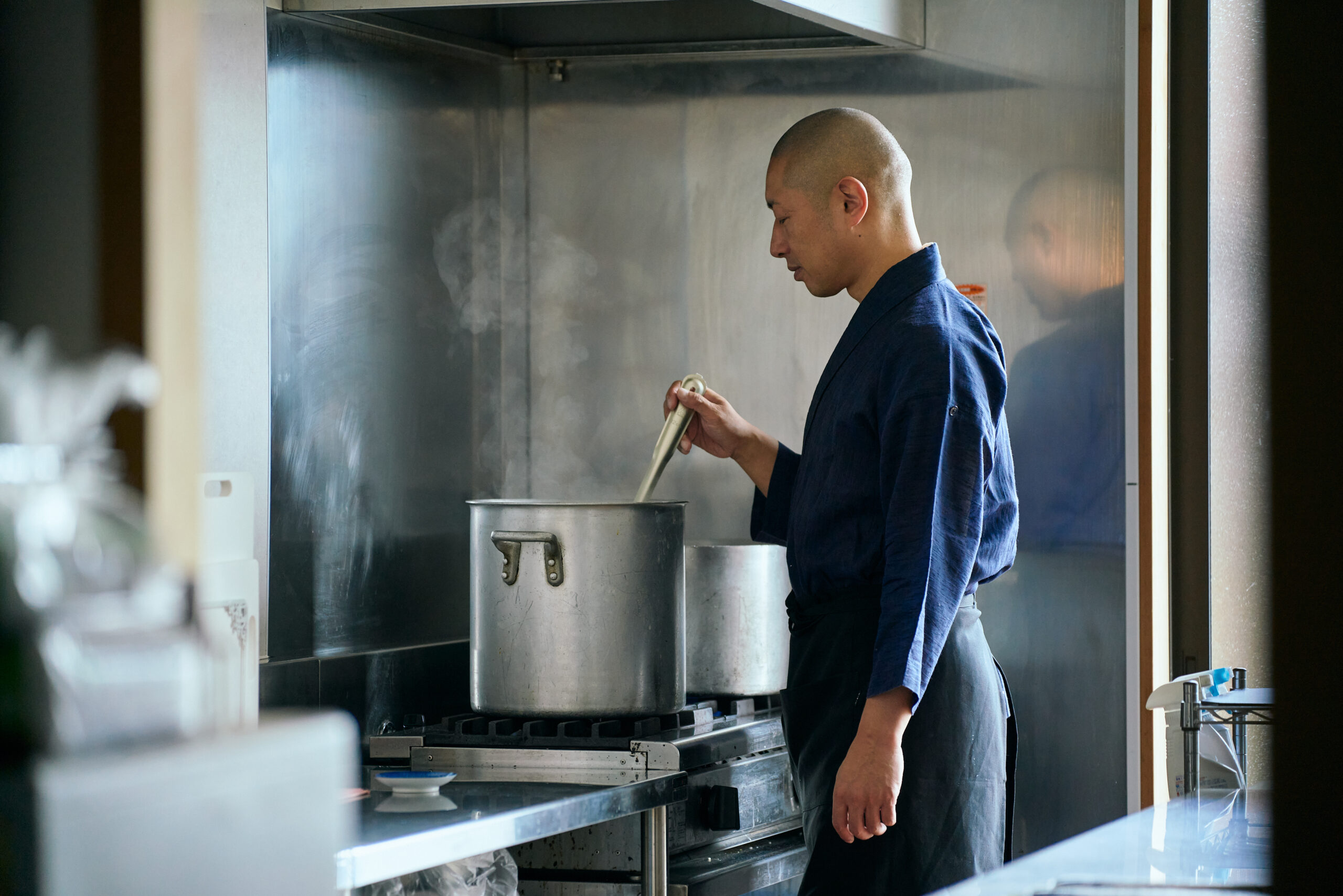
During my four years of training at Eiheiji, the head temple of Soto Zen in Fukui, I lived a life of strict discipline.
- Wake-up bell at 3:30 a.m.
- Hours of zazen (sitting meditation), chanting, and samu (work practice such as cleaning).
- Meals taken in silence, with gratitude, as part of the meditation itself. Even going to the restroom was scheduled by the sound of a bell.
At first, this lifestyle felt unbearably restrictive. There were no clocks, no personal choices, only the rhythm of communal life. But gradually I discovered that daily life itself is the path. Cooking, cleaning, arranging sandals — these seemingly mundane actions embodied the teaching of Igi Soku Buppō (威儀即仏法): “The very act of comporting yourself properly is itself Buddha’s teaching.”
Serving as tenzo (典座, temple cook) was especially transformative. Waking at 1:30 a.m. to prepare meals for nearly 300 monks taught me that food is not simply nutrition, but a way to express compassion and gratitude for life itself. This realization remains with me every day.
Famous Zen Buddhism Temples in Japan — Kyoto and Kamakura
Zen temples across Japan are not only buildings that preserve history — they have long served as spiritual centers for their time. Each sect has its own practices and cultural background, reflecting the diverse expressions of Zen.
Soto Zen Head Temples — Eiheiji and Sojiji
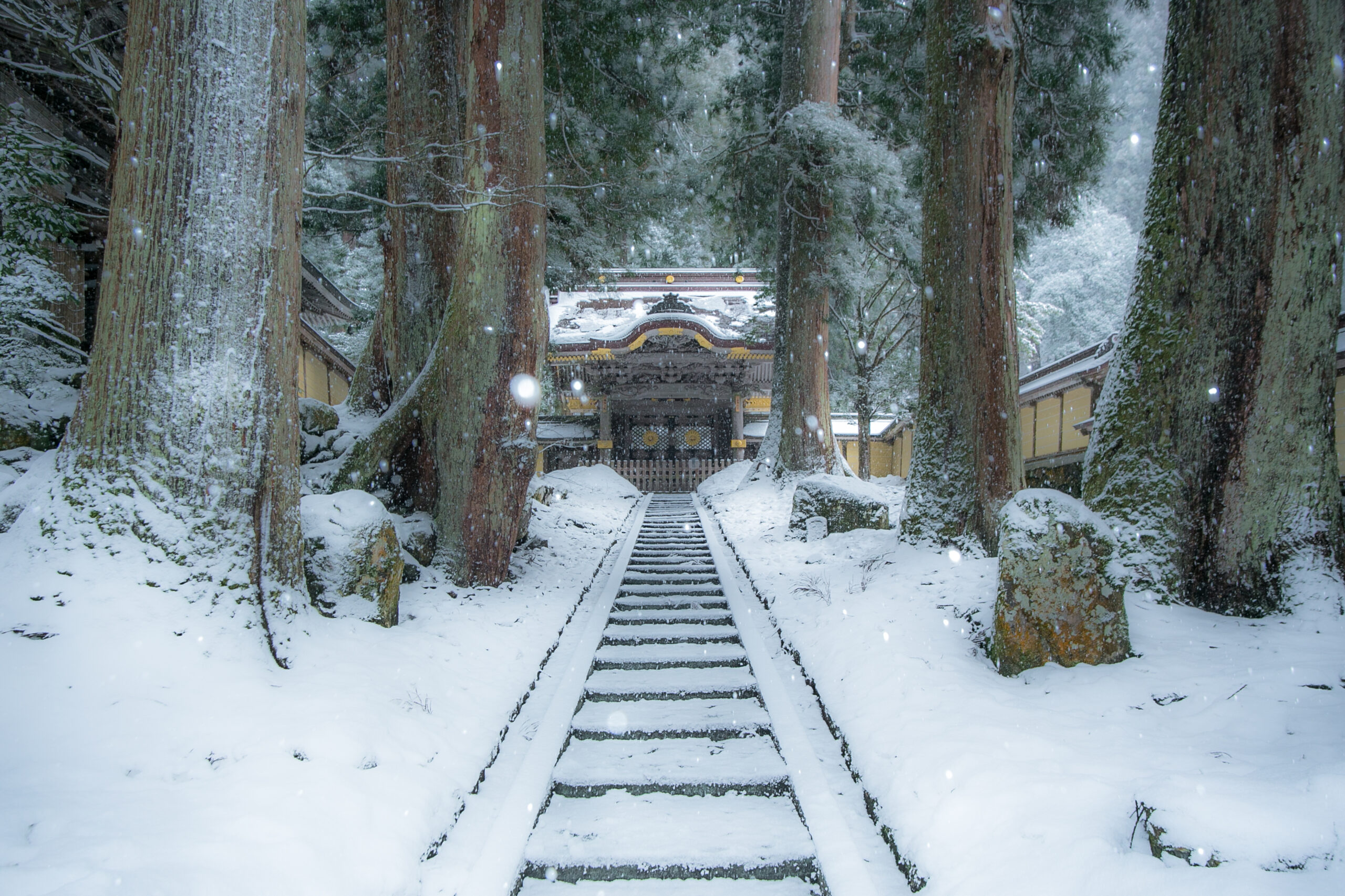
- Eiheiji (Fukui) — Founded by Dogen Zenji as a rigorous training monastery, Eiheiji continues to embody Shikantaza (“just sitting”) under strict discipline, serving as the foundation of Japanese Zen.
- Sojiji (Yokohama) — Despite being in a major city, Sojiji has a vast temple complex and expresses the teaching of “practice in everyday life,” showing how Zen can be lived within ordinary routines.
Rinzai Zen Centers — Kyoto and Kamakura
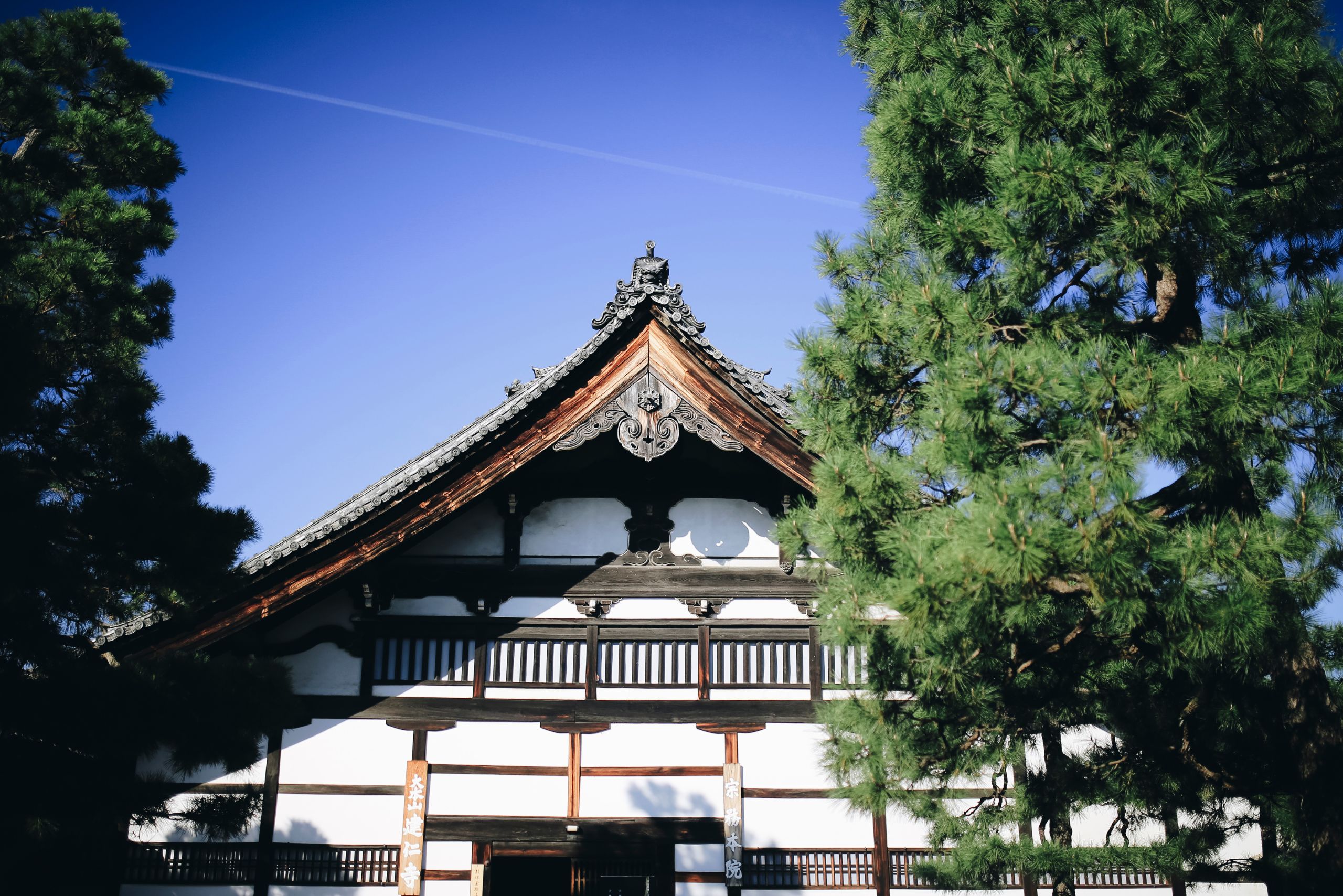
- Kennin-ji & Nanzen-ji (Kyoto) — These temples flourished under ties with warriors and political authority, shaping Japanese culture through tea ceremony, gardens, and art.
- Engaku-ji (Kamakura) — Built to memorialize warriors who perished during the Mongol invasions, Engaku-ji is known as a symbol of the connection between samurai and Zen.
Obaku Zen — Manpuku-ji in Uji
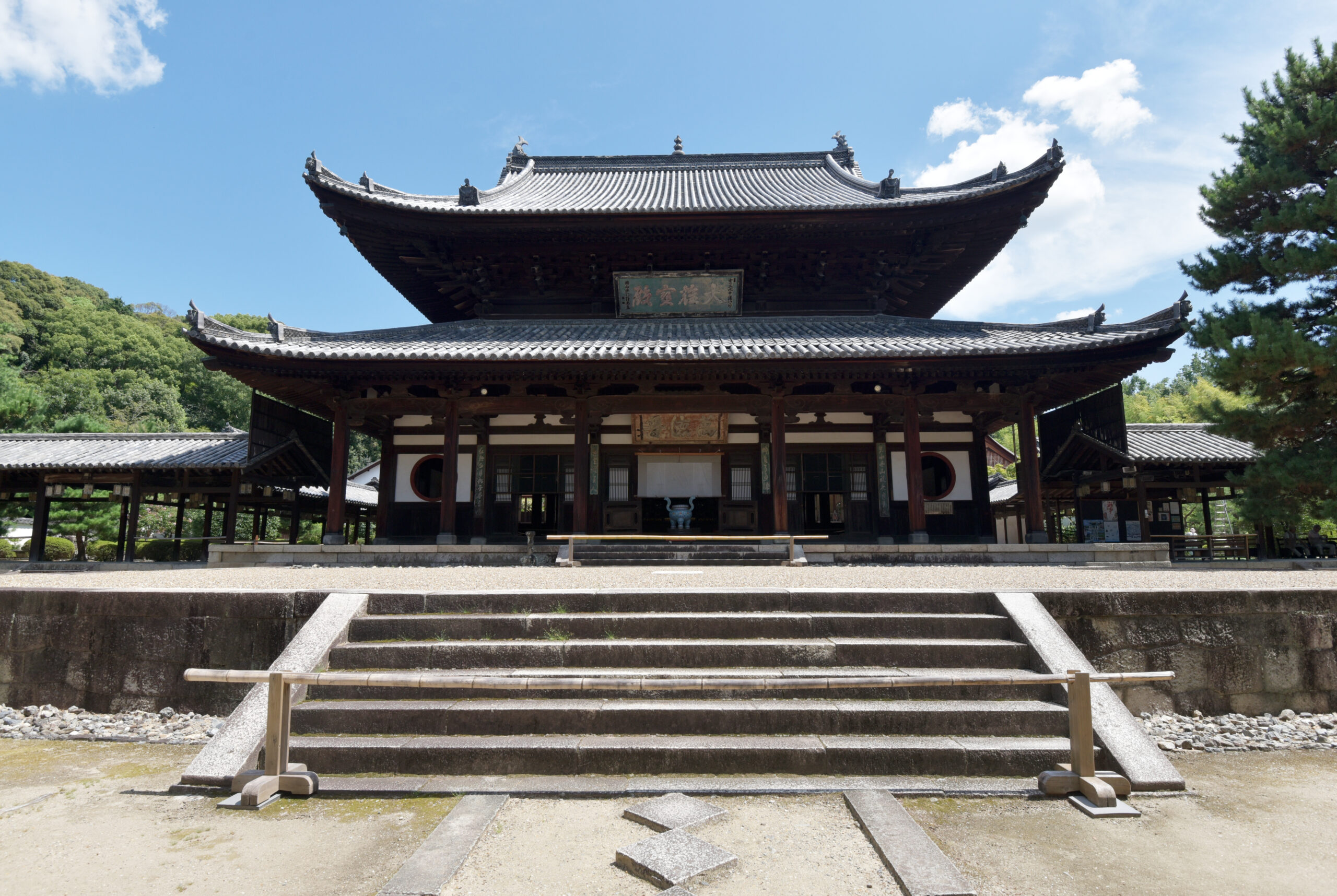
- Manpuku-ji (Uji) — The head temple of the Obaku school, founded by Chinese monks, preserves Ming-dynasty influences in architecture and rituals, reminding us that Zen was shaped through international cultural exchange.
Zen for Samurai — Lessons for Modern Life
In the Kamakura period, samurai lived in an age of constant warfare, never knowing when they might lose their lives. For them, zazen was a way to steady the mind amidst fear and uncertainty — a discipline to transcend life and death itself.
What about us today?
We may not face battlefields, but we live surrounded by pressures — workplace stress, family responsibilities, endless notifications and information. Many of us feel our minds are always racing, leaving little space to reflect on what truly matters.
Zen speaks to us just as it spoke to the samurai. If for them it was a way to survive the chaos of their age, for us it is a way to restore balance, focus, and clarity — a practice to steady the mind and see what lies at the heart of life.
Koun-in Temple Zen Meditation Retreat near Mt. Fuji
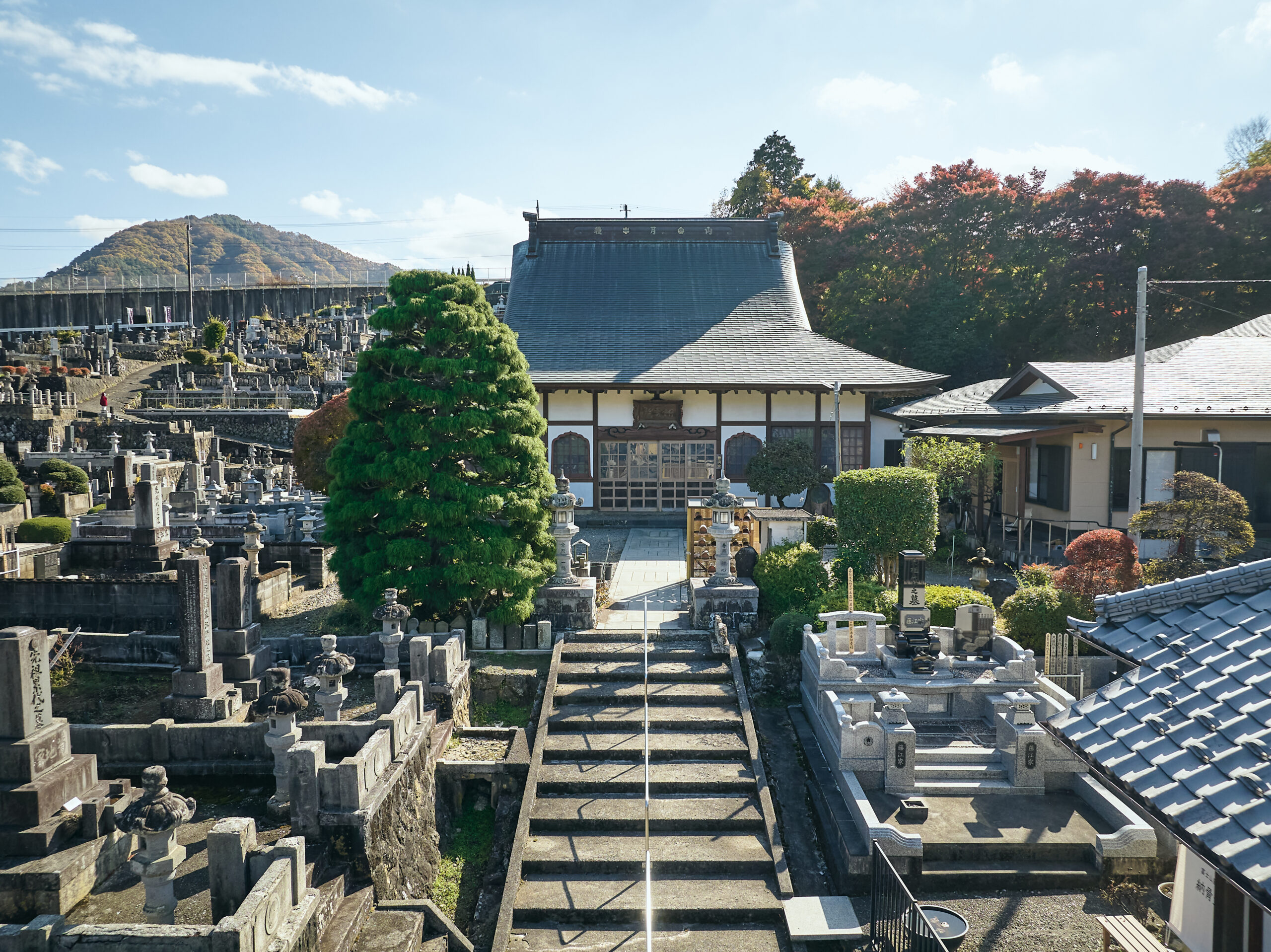
One inspiring example is Koun-in Temple in Tsuru City, Yamanashi Prefecture. Founded in 1398, this Soto Zen temple has preserved its tradition for more than 600 years. Just 90 minutes from Tokyo, it is a hidden gem surrounded by forests and spring water near Mt. Fuji.
Here, travelers can join a short yet authentic Zen retreat — designed to be beginner-friendly while offering a true taste of Soto Zen practice. Programs combine zazen meditation, gentle yoga, sutra copying, and mindful temple cuisine (shojin ryori), all guided by monks who can provide simple English explanations.
👉 Visit the official page: Koun-in Temple Zen Retreat
Traveler-Friendly Program — Zen Meditation Retreat at Koun-in Temple
- Duration: 3–4 hours (easy to join even during travels)
- Location: Tsuru City, Yamanashi (near Mt. Fuji)
- Fee: ¥10,000–¥15,000 (depending on options)
- Access: 90 min from JR Shinjuku (Tokyo), 35 min from Lake Kawaguchi, 8 min walk from Higashikatsura Station
Sample Program Flow
- Welcome and gentle instruction in zazen (tatami meditation hall)
- Light yoga and stretching to prepare the body
- Optional sutra copying (shakyo) for mindful focus
- Short Dharma talk (English available)
- Shojin ryori option — a mindful temple meal with local ingredients
Even a brief pause during your journey near Mt. Fuji can become a profound experience of stillness and renewal.
A Personal Note — Allow Me to Guide You
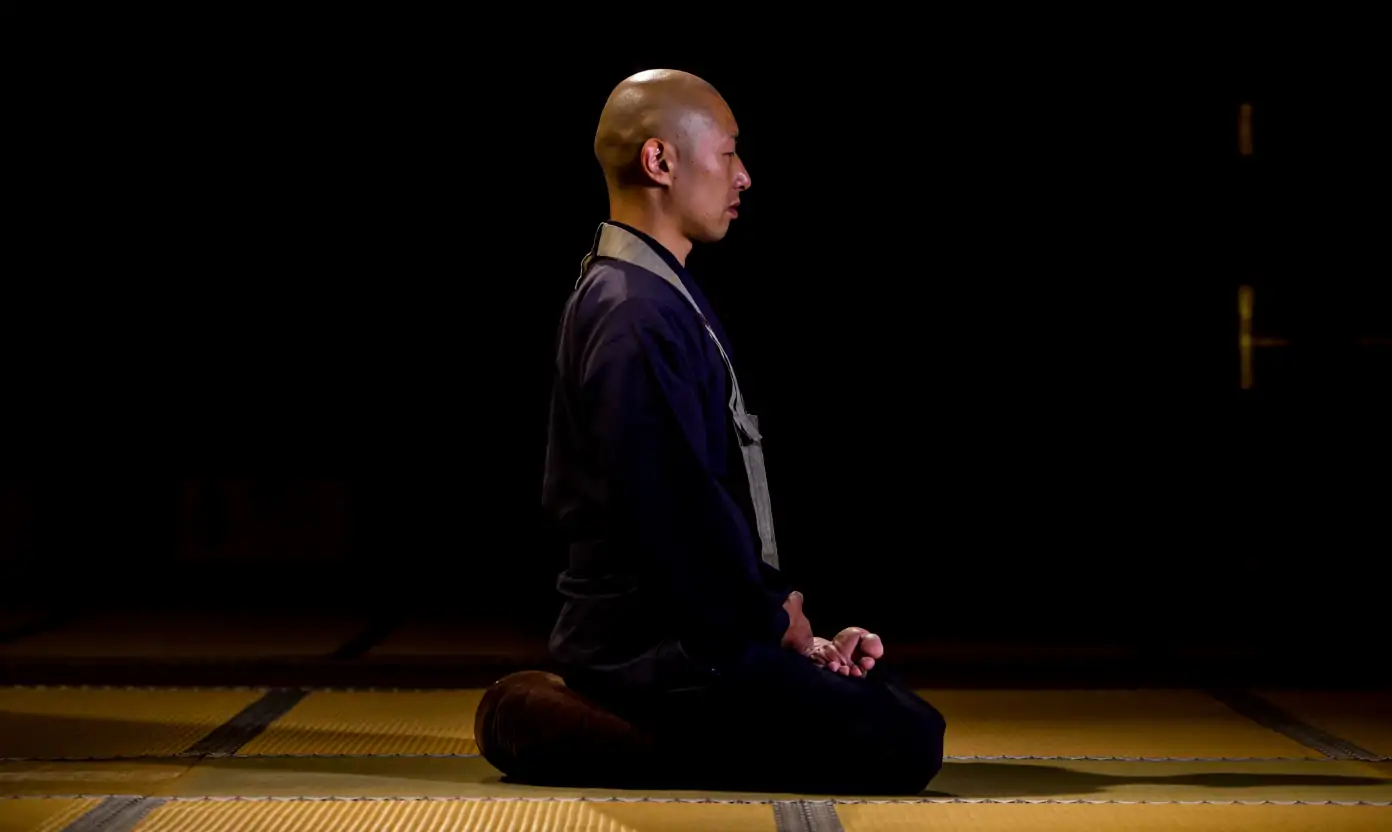
Hello, my name is Rev. Chiken Kawaguchi, Vice Abbot of Koun-in Temple in Tsuru City, Yamanashi.
Although I was born into a temple family, in my youth I resisted and wanted to leave temple life behind. During my university years, I was absorbed in surfing and fashion, living a lifestyle far from Zen. But eventually, seeking a deeper connection with myself, I decided to undergo four years of rigorous training at Eiheiji, the head temple of Soto Zen.
Through practices such as zazen and preparing shojin ryori, I learned the importance of “living fully in this present moment.” At first, I disliked zazen. But as I continued, I was freed from the duality of like and dislike, and I discovered moments of quiet stillness simply by sitting.
Modern society burdens us with roles, information, and constant stress. I was no exception. That is why I believe the wisdom of Zen can help lighten the heart of anyone today.
Now, I share Zen through online meditation sessions, yoga-and-Zen retreats, and community programs such as a children’s cafeteria. I also co-produced and starred in the film Tenzo, which was screened at the Cannes Film Festival, offering a glimpse of Zen to audiences worldwide.
My hope is that through this retreat, you too may restore balance of body and mind, and rediscover quiet happiness in daily life.
FAQ — About Zen Buddhism Temples and Koun-in Temple Meditation Retreat in Japan
Q. Can I join alone?
Yes, absolutely. Solo participants are warmly welcome, and beginners can also feel at ease.
Q. How long is the program?
About 3–4 hours. It is easy to join even during your travels.
Q. Is English guidance available?
Yes. Simple English guidance is available.
Q. Is shojin ryori included?
It depends on the plan. With the meal option, you can experience mindful eating.
Q. Is it suitable for beginners?
Of course. All that is needed is simply “to be present in the moment.”
Q. Do I need to bring anything?
No special preparation is required. Comfortable clothing is enough.
Q. How do I book?
Please make a reservation in advance through our contact form.
Voices From Participants — Zen Retreat Experiences in Japan
—“The meditation retreat in Japan was the highlight of my trip. Sitting quietly near Mt. Fuji gave me peace I had never felt before.”
—“More than sightseeing — it felt like stepping into the living spirit of Japanese culture.”
—“The combination of yoga and zazen was unforgettable. It helped me experience mindfulness in a new way.”
—“We joined as a couple, and sutra copying and temple food made the retreat uniquely Japanese.”
—“As a senior traveler, I felt supported. Yoga prepared my body, and meditation gave me renewed energy.”
—“As a yoga practitioner, the blend of movement and stillness in an authentic Zen setting was powerful.”
Why Visit Zen Buddhism Temples in Japan? — Conclusion
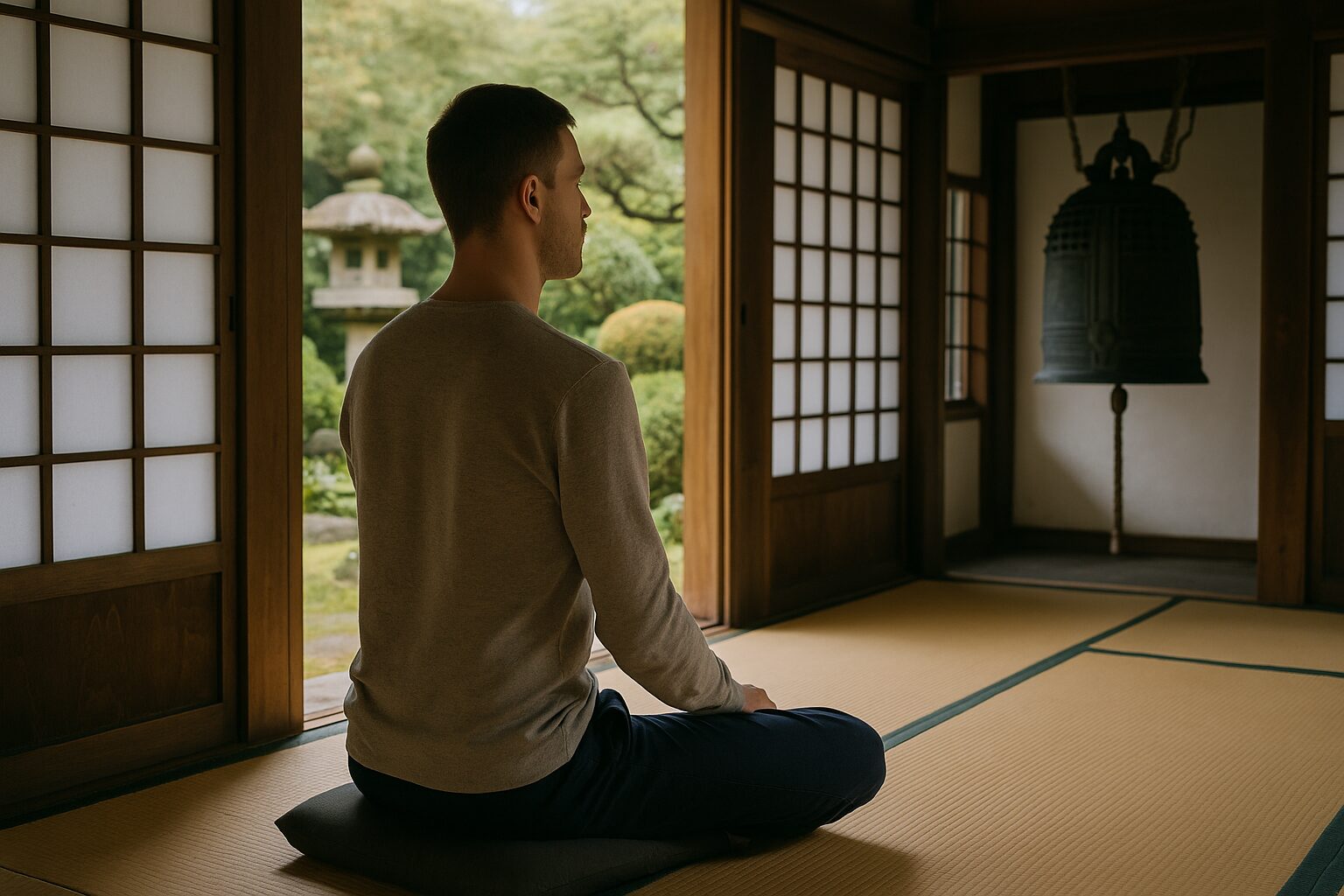
A Zen temple is both a place to learn history and a living space of practice that supports the heart. Visiting is not only about admiring architecture, but about entering silence, sitting in meditation, and tasting the depth of daily practice.
For the samurai of the past, Zen was a discipline to endure the chaos of war. For us today, it remains a way to steady the mind and see what truly matters.
I invite you to step into a Zen temple, and discover for yourself its stillness, clarity, and living wisdom.

